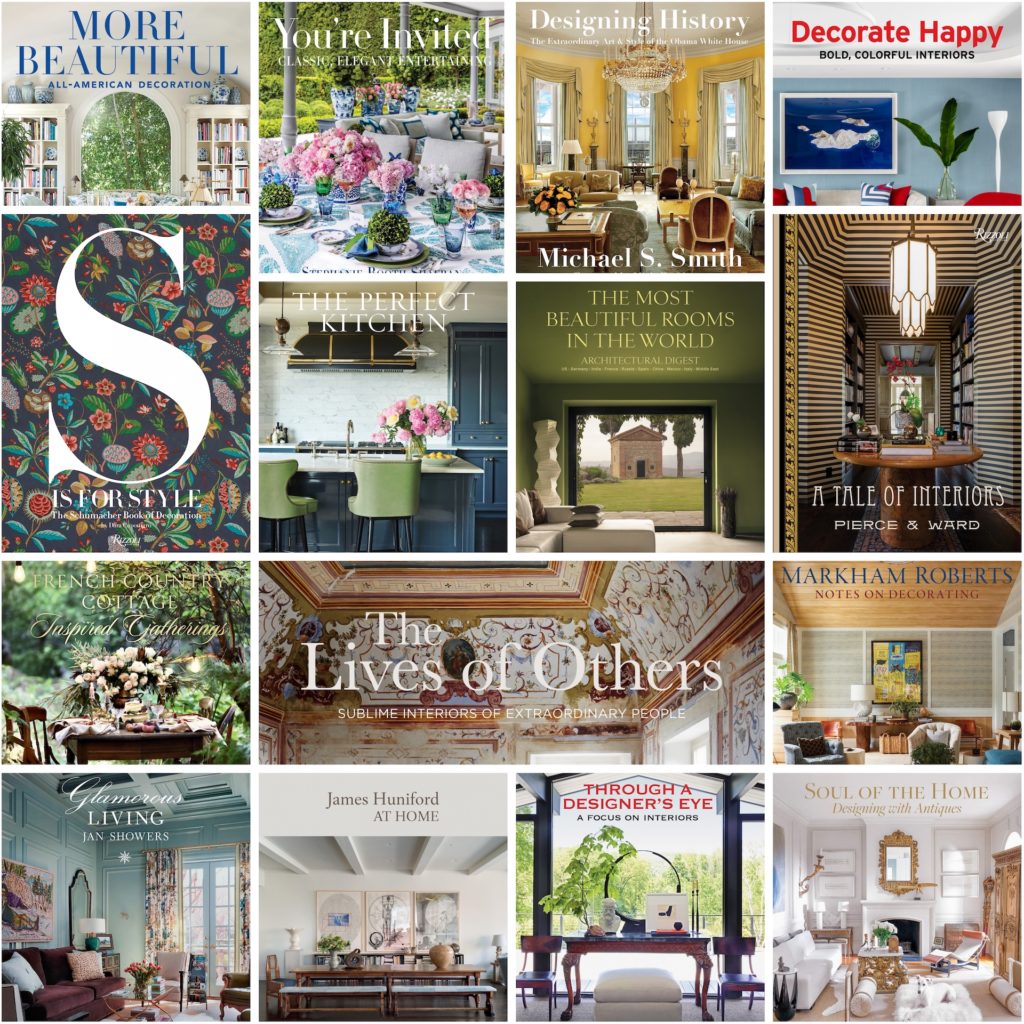
With a pandemic that’s forced us to more-or-less sequester at home for several months, you don’t need me to tell you it’s been a tumultuous year.
Under the circumstances, it’s no surprise that people have turned to their homes and gardens as sanctuaries in a storm – the psychic antidotes for the challenges of living through 2020. And this year’s finest design books – examining interiors, entertaining, and gardens – provide compelling inspiration as we turn the focus to our own corners of the world. Here are some of my favorites, in alphabetical order by author.
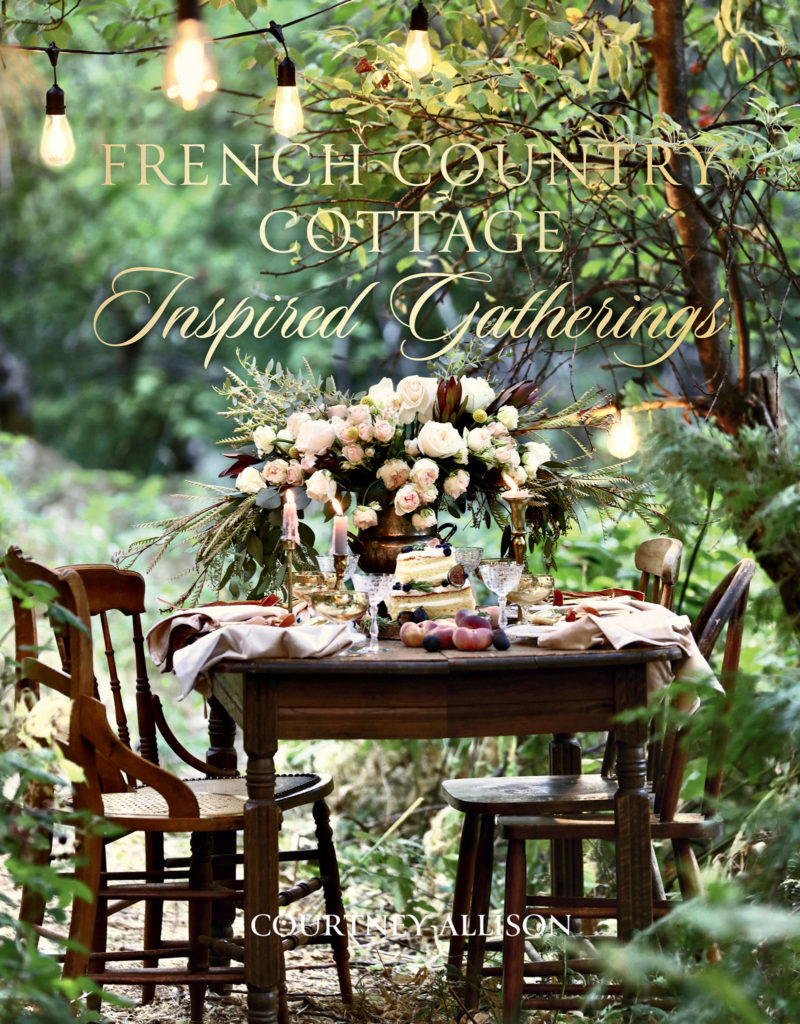
On her popular blog French Country Cottage, author/photographer Courtney Allison shares some of the ideas that help to define her decidedly romantic aesthetic. They include a chandelier in every room – even if it’s a closet or a hallway. Everyday elegance – setting a table with vintage china and fine stemware an abundance of beautiful blooms. She explains:
“I have been known to drag an old weathered farm table out to the middle of the woods and light it with a chandelier hanging from branches of a tree. I love gathering up the energy of inspired settings and ambiance and that magic that invites the conversations to linger a bit longer.”
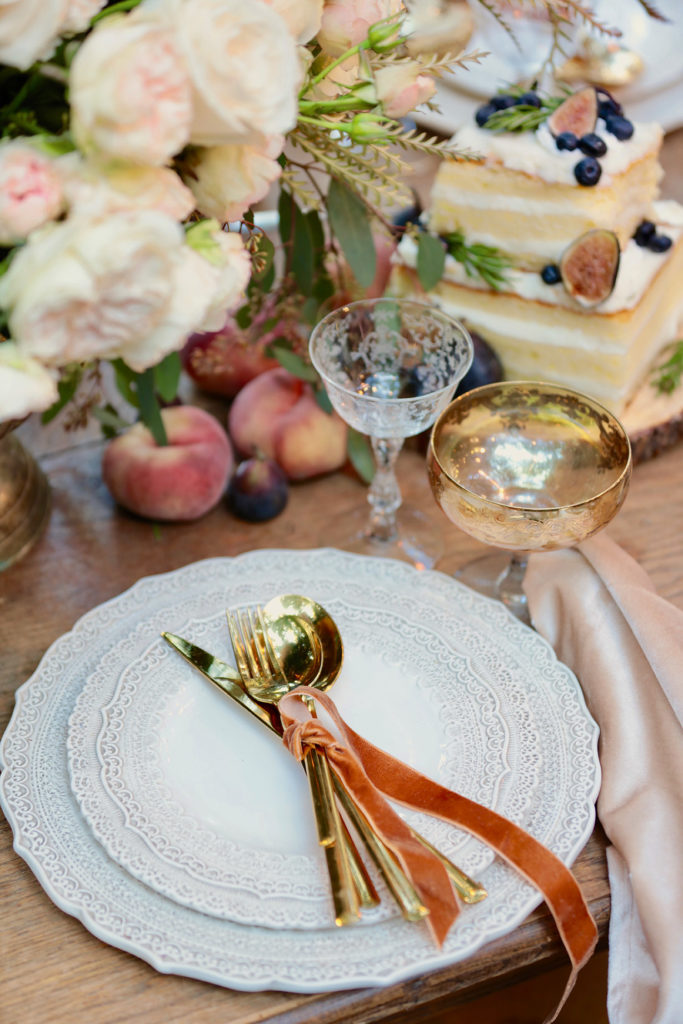
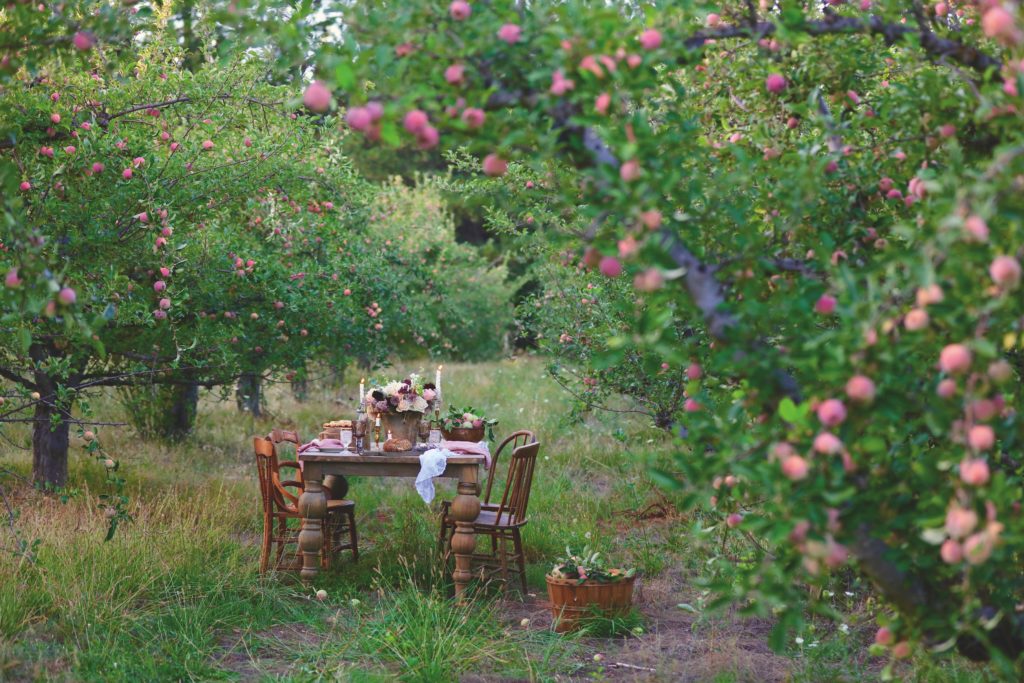
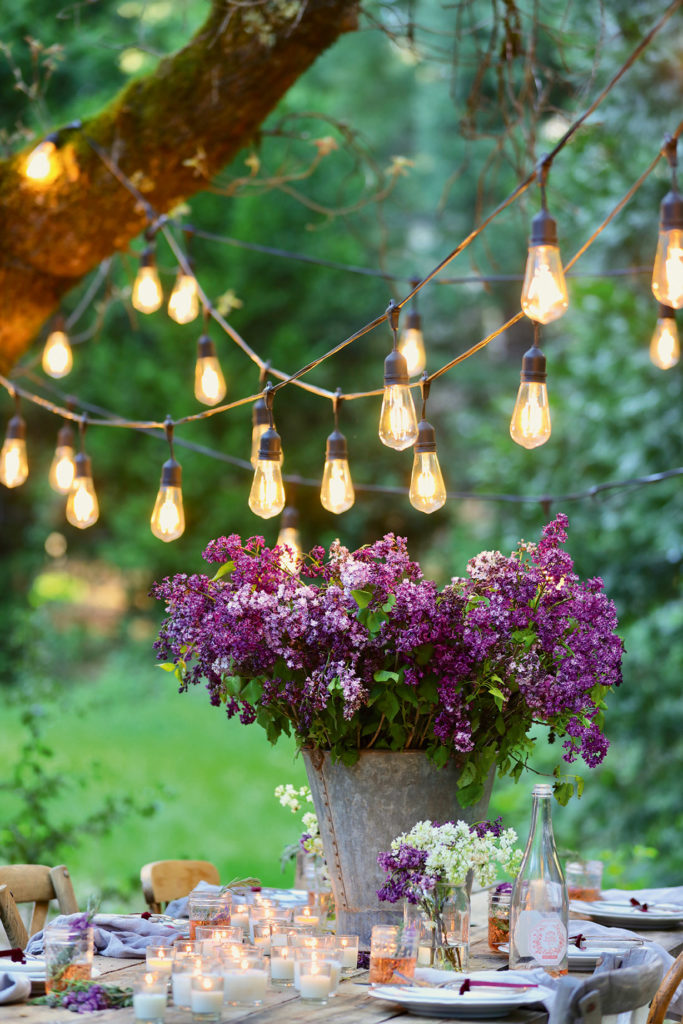
Taken collectively, those ideas – and more – animate Allison’s new book, Inspired Gatherings. Lush photography transports the reader to a dinner for 2 on the dock, a chic barn celebration, a harvest dinner table, and a flower meadow picnic. And as with any excellent book on entertaining, Allison includes a chapter on the elements and layers necessary for successful entertaining, as well as menus. While quite practical, this book is also sexy escapism at its best. You’ll get happily lost in its pages.
……………
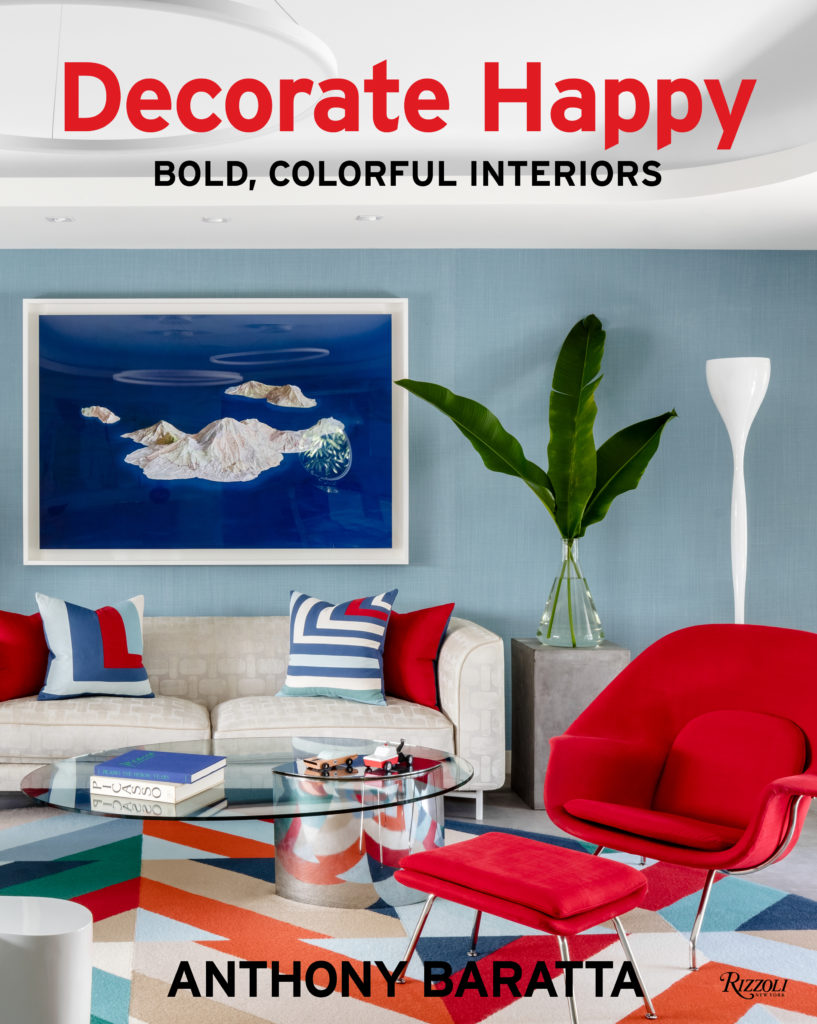
I’ve had the pleasure of working with Tony Baratta, and so I feel confident saying that no other interior designer’s personality and presence in the world matches his or her aesthetic better than Tony’s: bold, witty, charming, and engaging. So I was thrilled to see his new book out this spring, Decorate Happy: Bold, Colorful Interiors.
Featuring 12 recent projects, the book chronicles all the technicolor, vintage Americana, and patchwork quilts that, riotously assembled, are Baratta’s métier, at once electric and life-affirming.
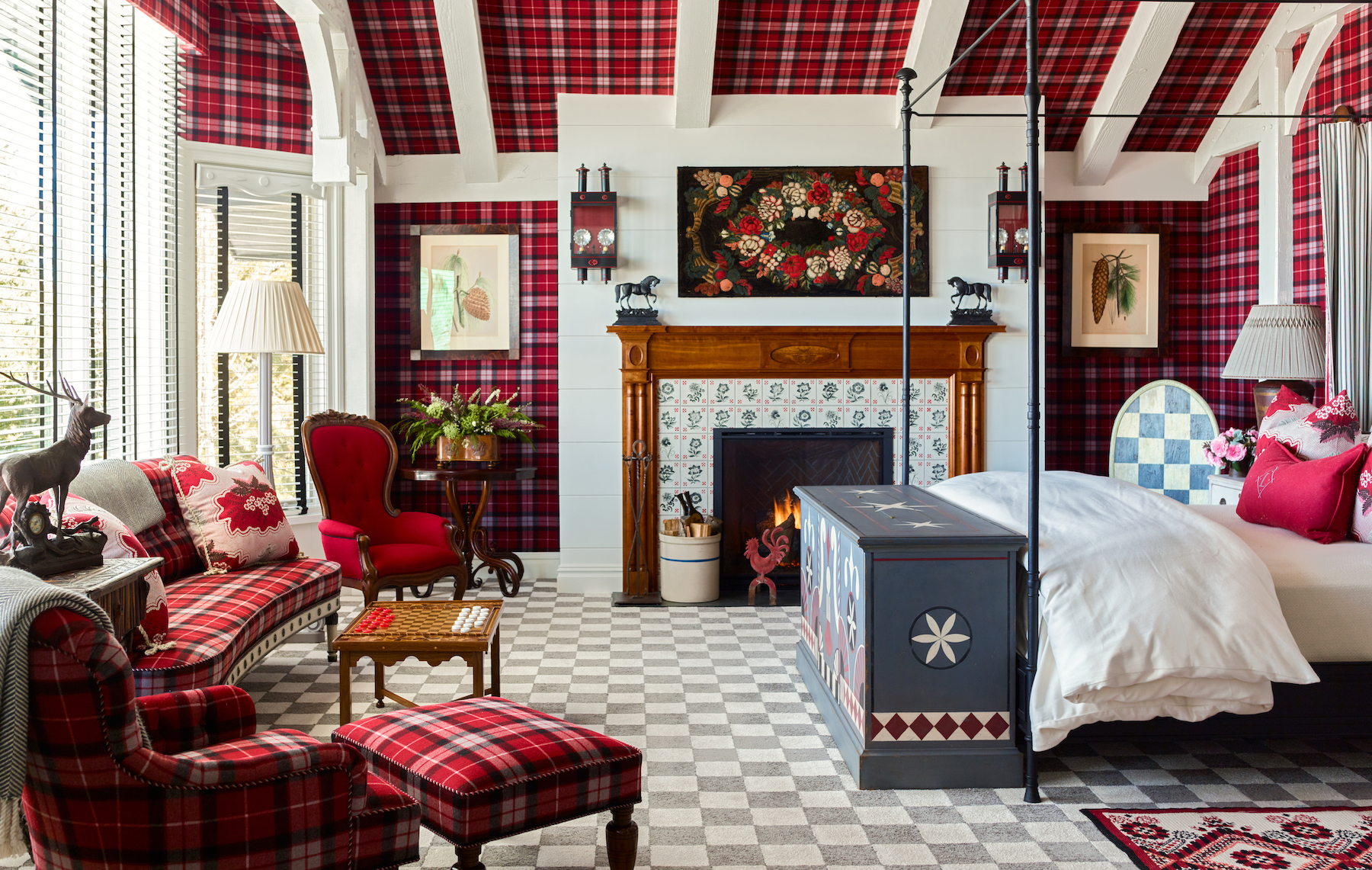
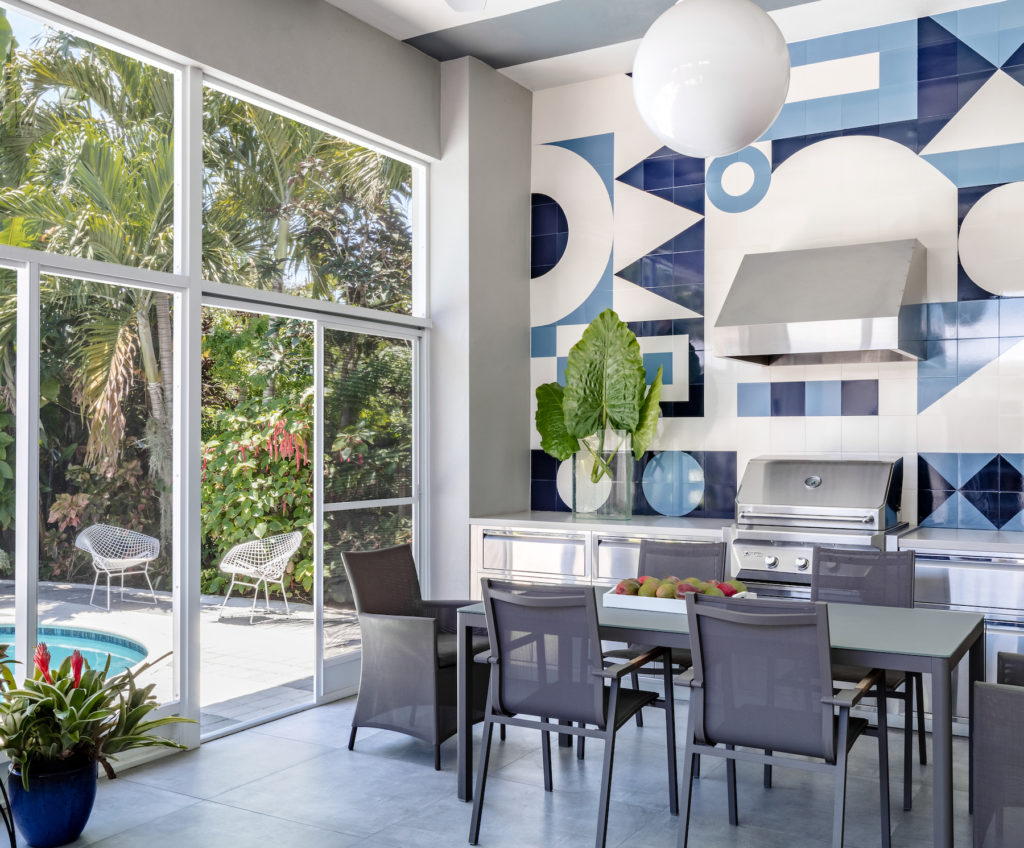
patterned tiles behind it the focus. Baratta explains, “I drew the design first on paper, and then we turned my drawing into a giant mural with tiles. I love the Latin influence in this screened room and the Brazilian style. It reminds me of Miami. Because it opens to the pool, it’s a great place for entertaining. Photo credit Kris Tamburello.
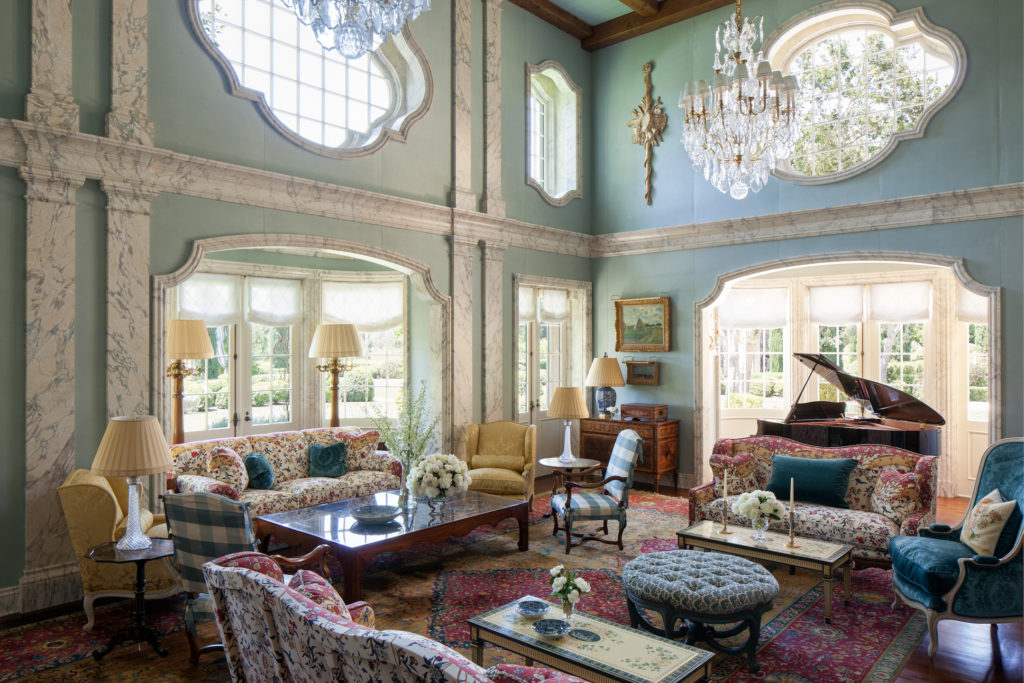
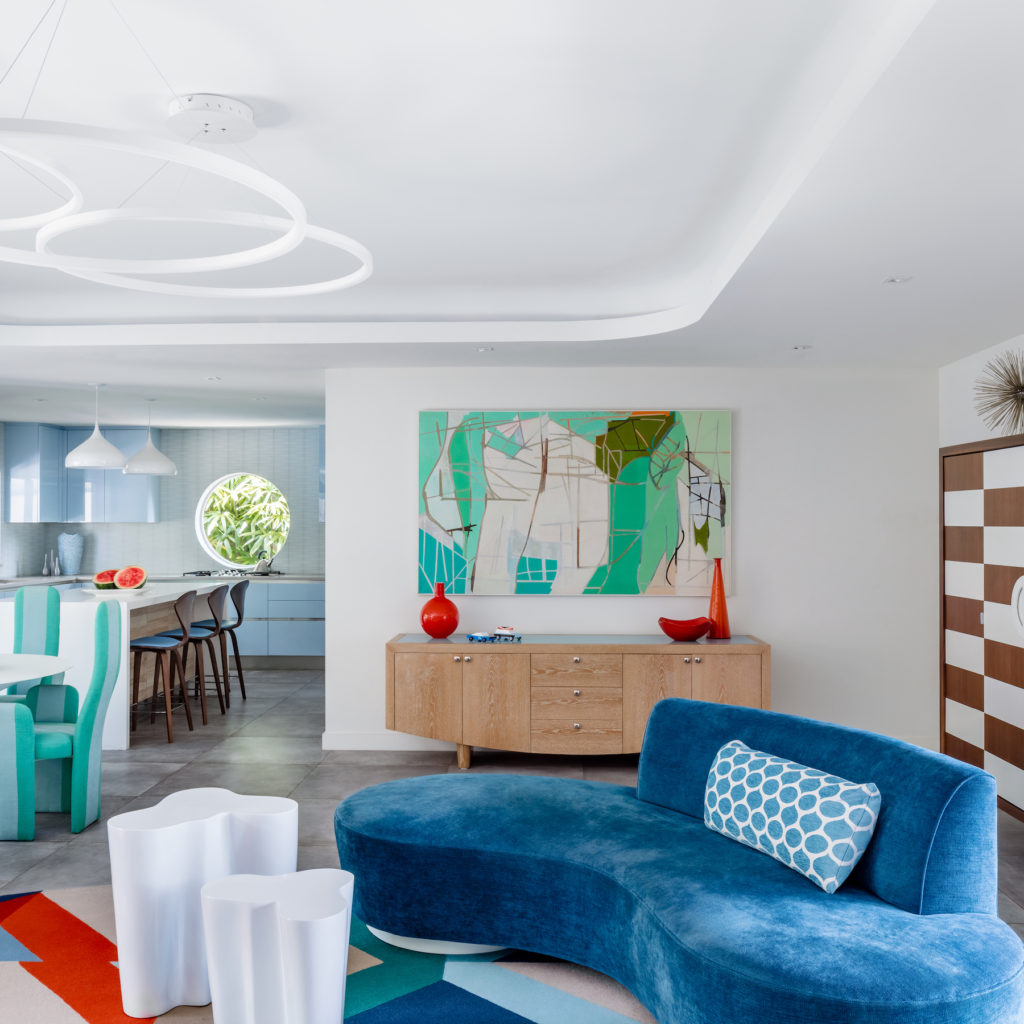
In addition to the volume’s high-octane imagery, you’ll find helpful design-directives peppered throughout the book, on recurring pages titled ‘Four Fearless Decorating Ideas’. They include missives on balancing heavily-patterned rooms; mixing the rustic and the formal; choosing colors that look good on you; and the suggestion to buy three major pieces and then wait for the magic to start. In a year as challenging as 2020, this is a book full of inspiration that’s guaranteed to make you smile from ear-to-ear.
……………
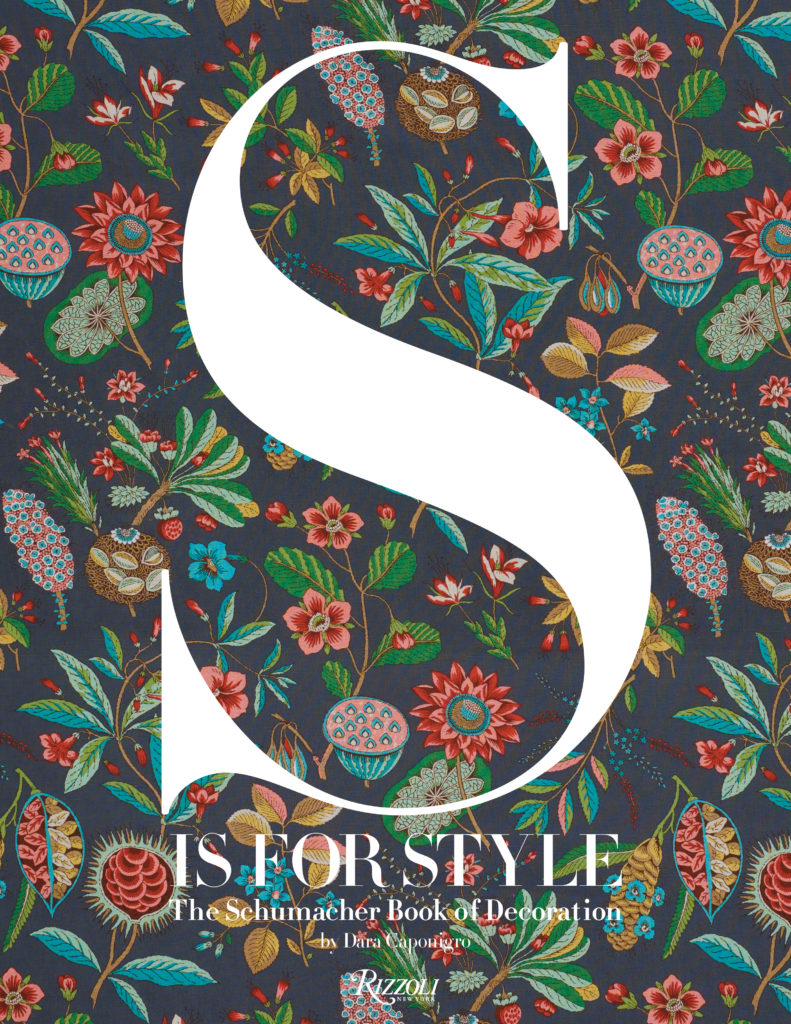
Exuberant, Happy Modern, Unconventional, Updated Country, Preppy, Classic: These are just a handful of the decorating genres featured in Schumacher creative director Dara Caponigro’s epic (and grand-scaled!) new book, S Is For Style: The Schumacher Book of Decoration.
Each of the sixteen sections opens with a questionnaire to help readers hone their style personality, as well a breakdown of the essential ingredients to obtain that look. The chapters are packed with gorgeous rooms that channel their distinct vibe, and include interiors by such decorating luminaries as Miles Redd, Tom Scheerer, Amanda Lindroth, Celerie Kemble, Veere Grenney and Mark D. Sikes.
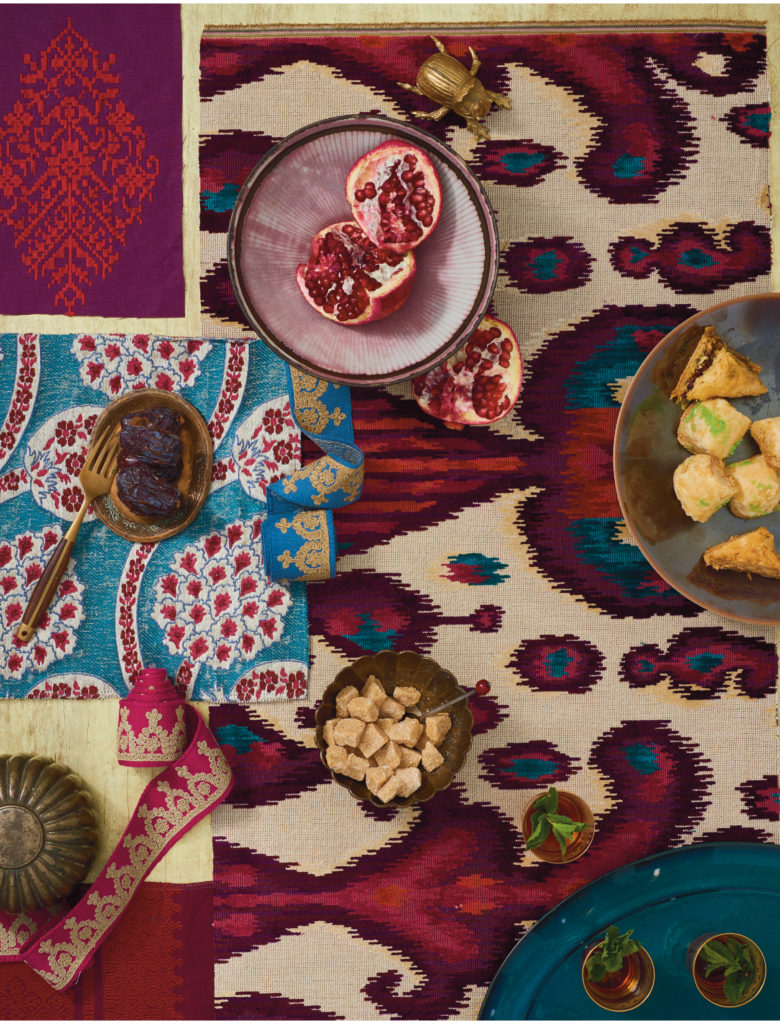
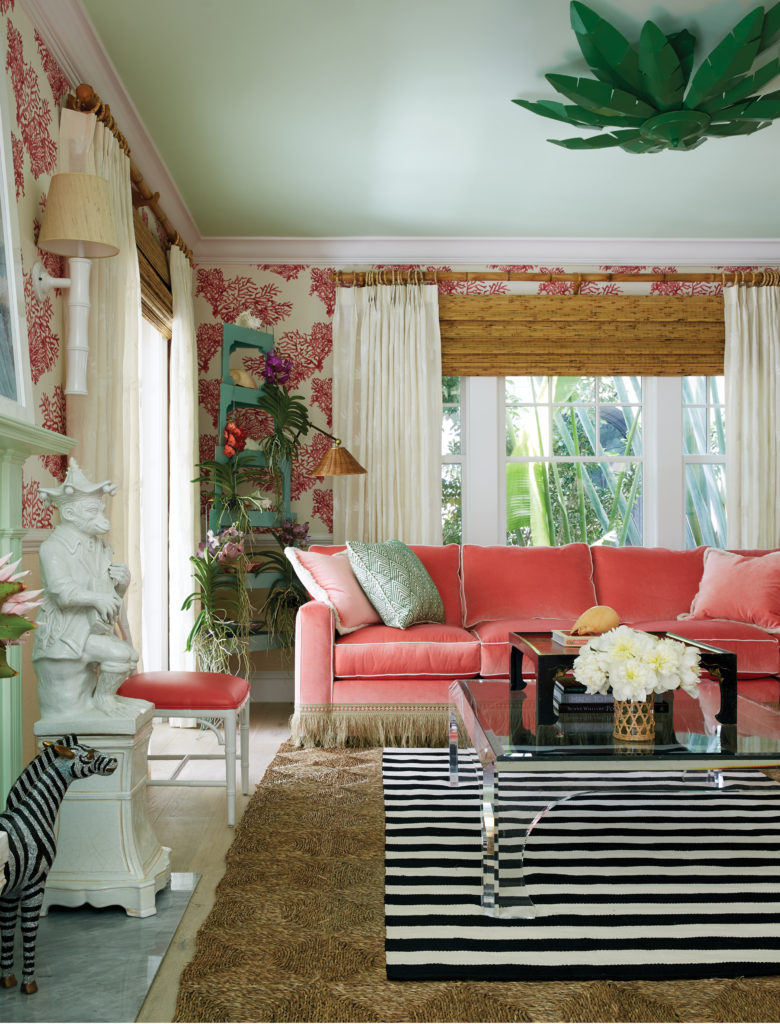
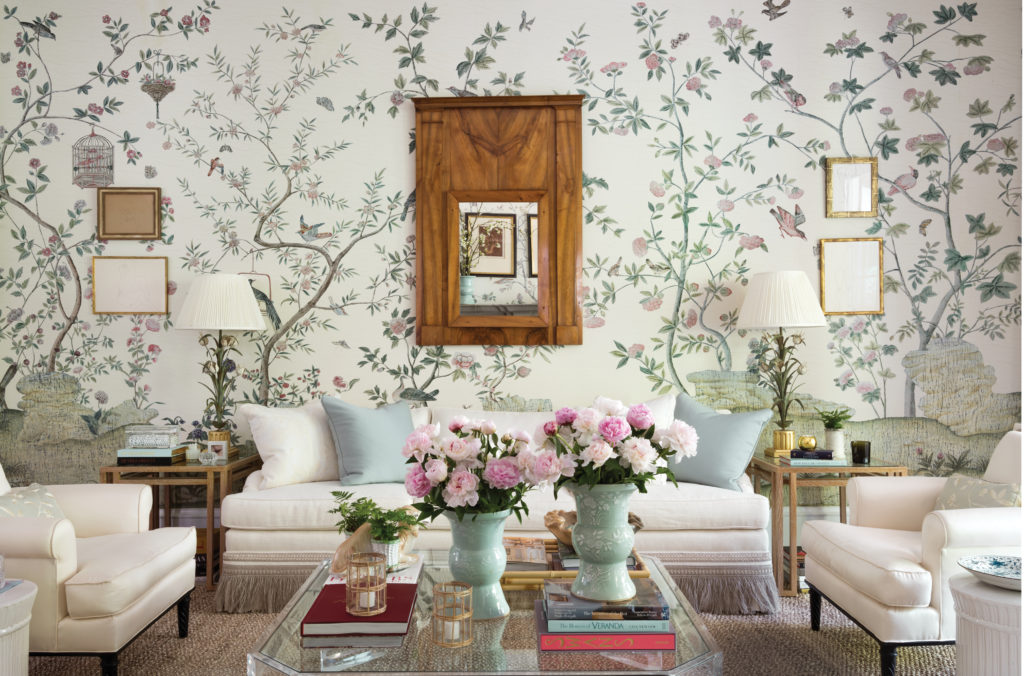
Decorative Arts. Photo credit Mali Azima
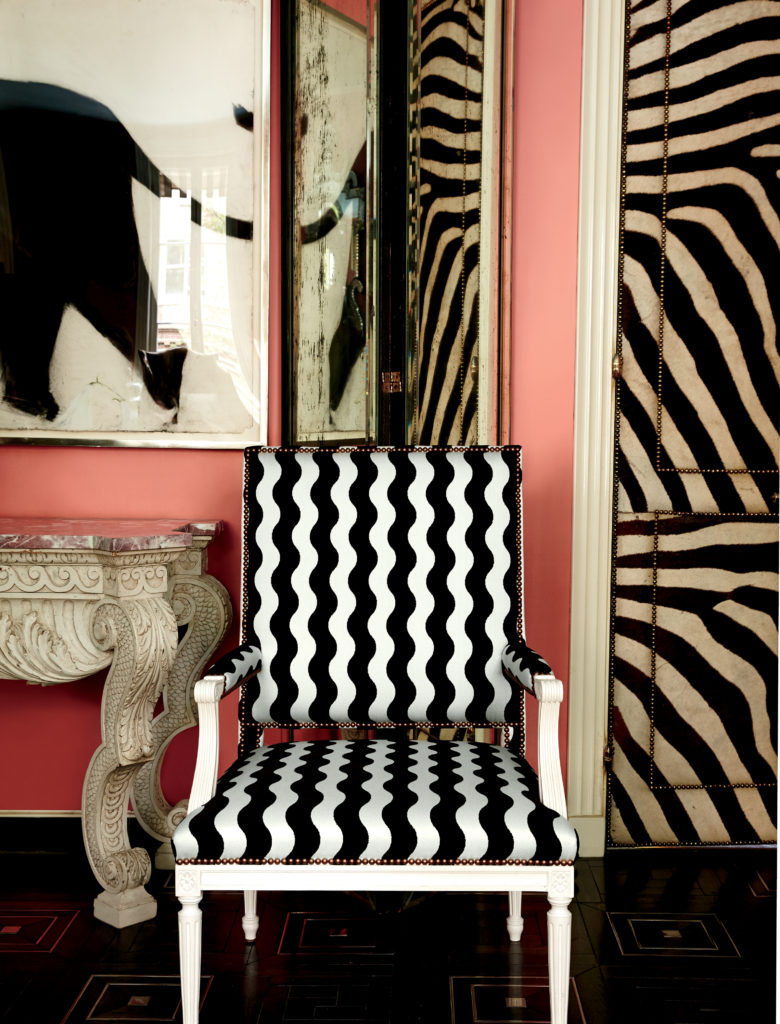
This tome is also a best-of-the-best compendium of Schumacher’s most stunning and beloved patterns; it puts the company’s devotion to artistry and craft on full display. From exuberant florals to exquisite embroideries to sensuous animal prints and more, you’ll revel in the lavish imagery that showcases these exceptional designs.
……………
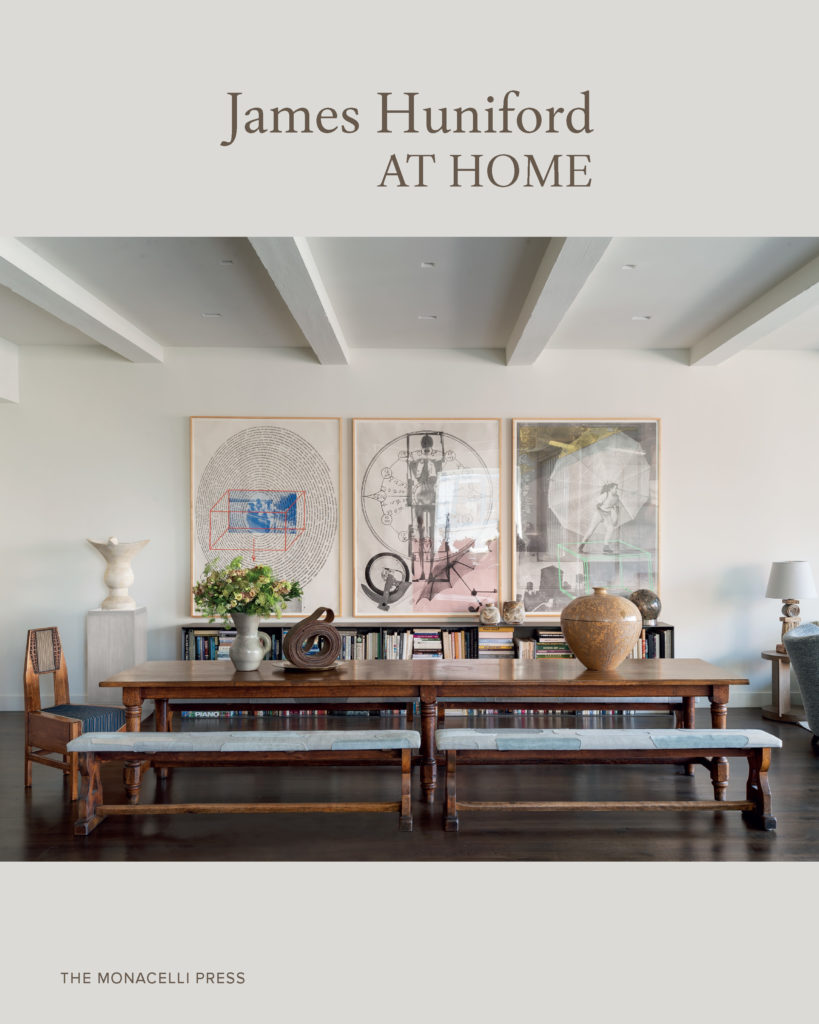
Back in the spring of 2013, I attended a press preview of that year’s Kips Bay Decorator Showhouse, where the first floor garden-adjacent atrium had been designed by James Huniford. I remember being particularly taken with a Josef Hoffmann armchair covered in a Hoffmann fabric by Maharam. Juxtaposed against an ochre silk velvet sofa, a Maison Jensen mirror, and carefully chosen tables, the space felt a) perfectly edited, and b) as though it had always been there. In a nutshell that describes every room in his new book, James Huniford AT HOME.
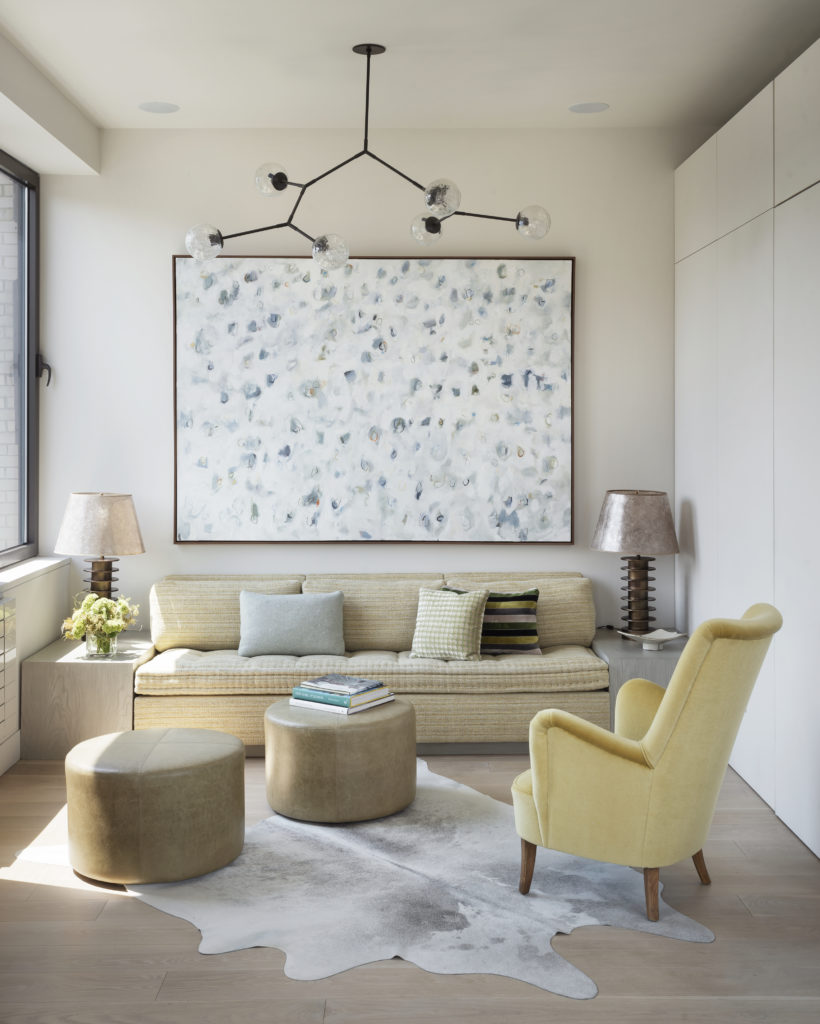
Ford (as Huniford is known by most) understands the ultimate power of silhouette, and further how disparate silhouettes can harmonize to create a certain frisson in a space. There’s also an inherent honesty of materials: while they may be rarified – as in the case of the aforementioned silk velvet – nothing feels precious.
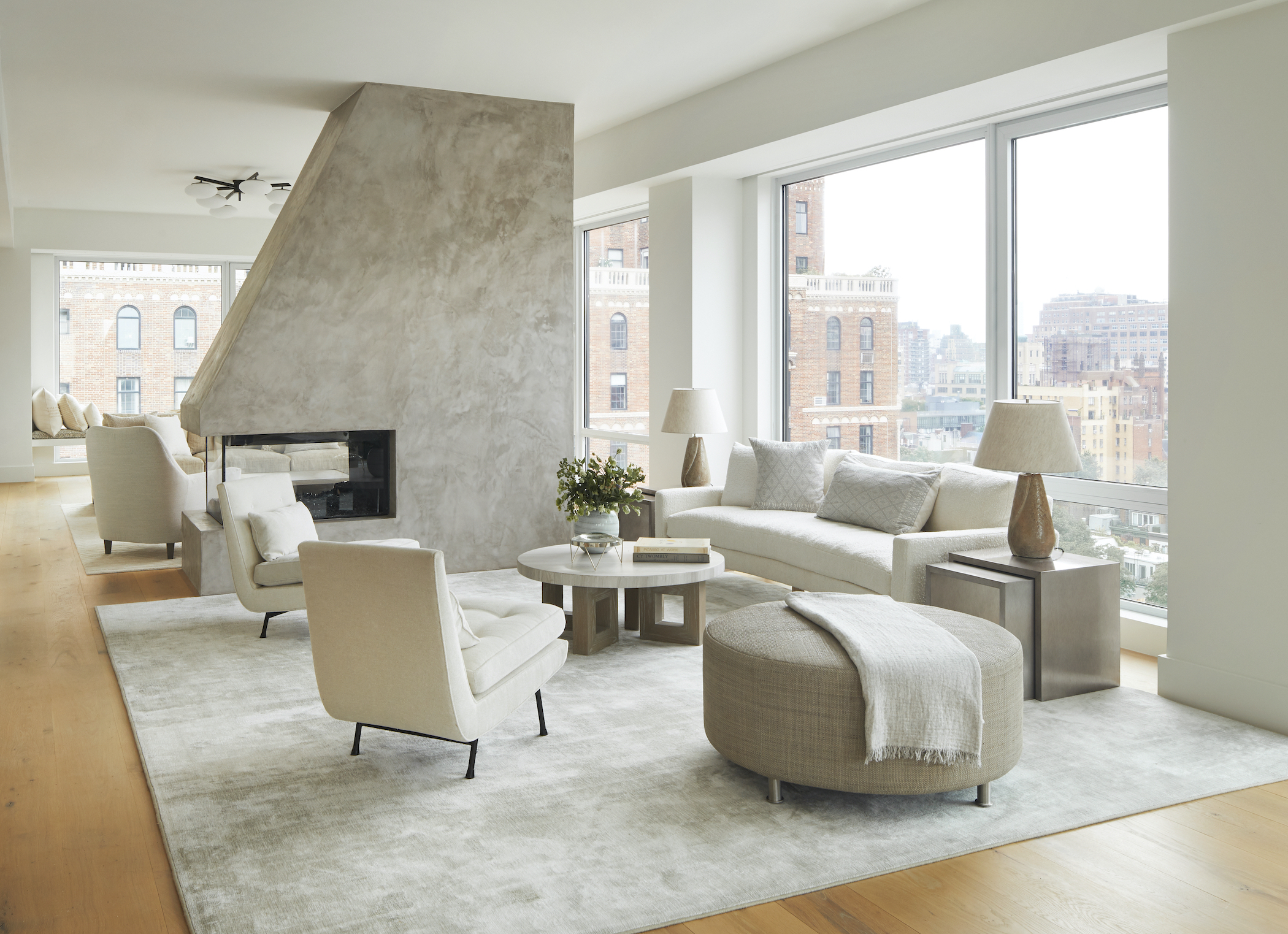
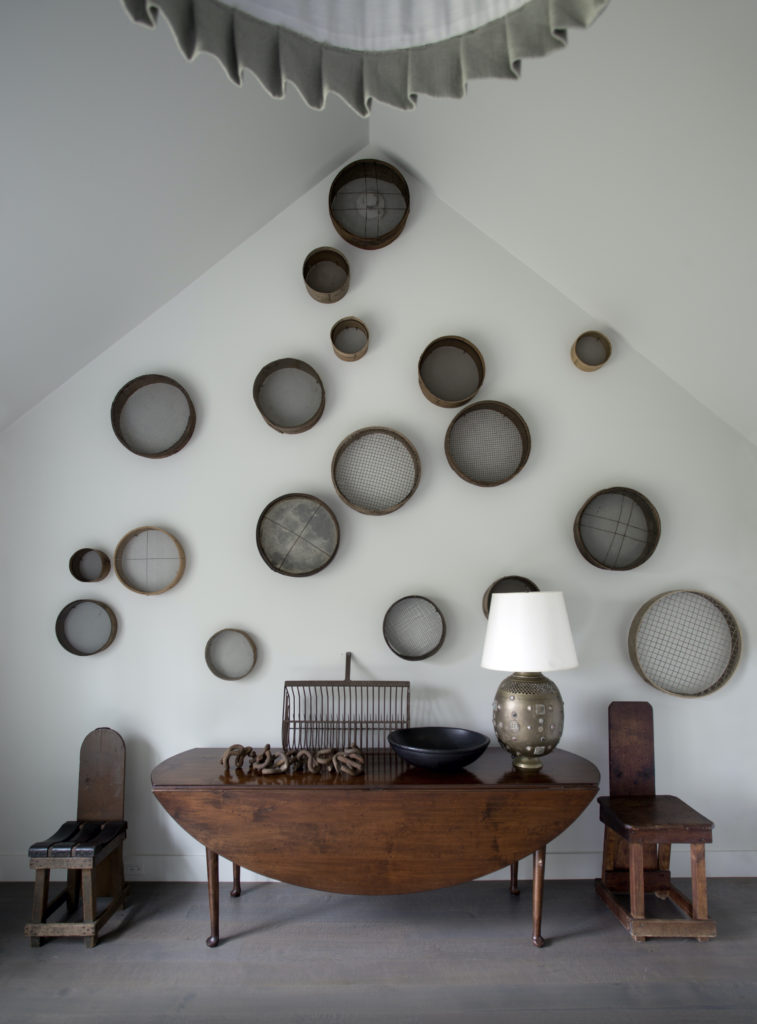
AT HOME, co-written with Stephen Treffinger, contains a passage that sum’s up Ford’s personality and work perfectly:
“…[it’s] relaxed, unpretentious, welcoming. It’s not about hitting people over the head with a grand entrance or catching their eye with sparkly finishes. Design isn’t about ego or ostentation. It’s about creating a space in which people can be who they are–albeit in an elevated way.”
……………
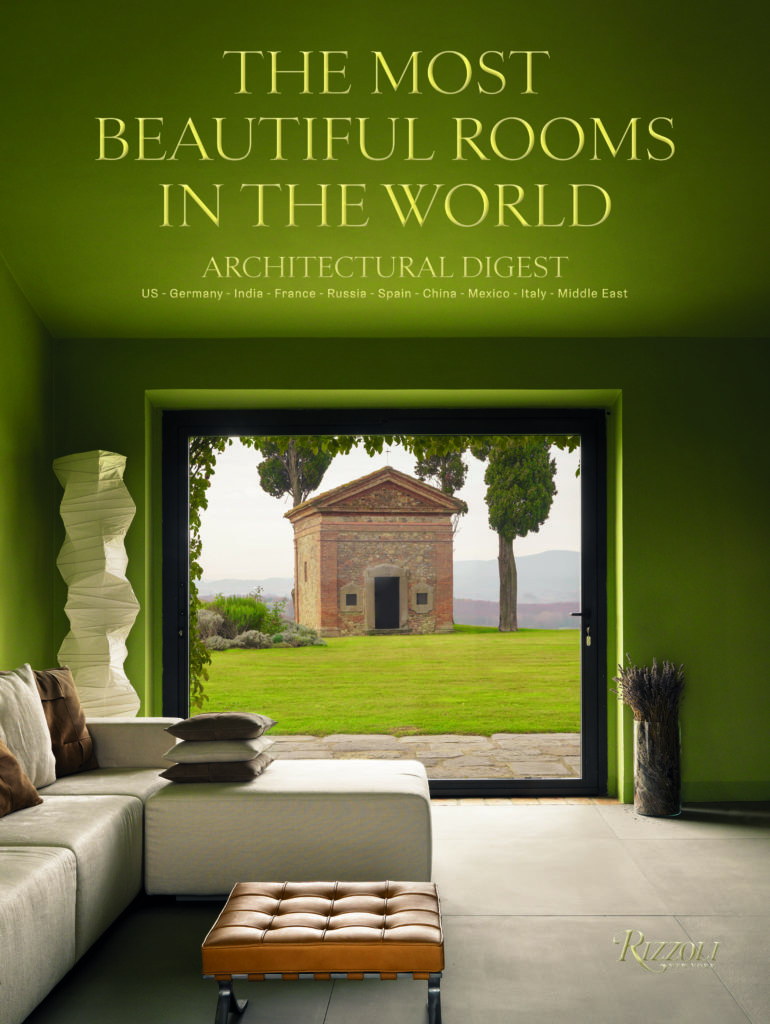
Unless your career is devoted to design journalism, it’s unlikely you have subscriptions to all 10 of Architectural Digest‘s international editions. But no matter: Marie Kalt, the editor-in-chief of AD France, is out with a new show-stopping compendium of the best rooms from around the globe, Architectural Digest: The Most Beautiful Rooms in the World.
Diverse residential spaces are featured from the United States and China, to France, Italy, Germany, Russia, Spain, India, Mexico, and the Middle East, presenting each country’s unique “AD style manifesto” and the work of design luminaries such as Peter Marino, Martyn Lawrence Bullard, Jacques Grange, Joseph Dirand, and Bijoy Jain.
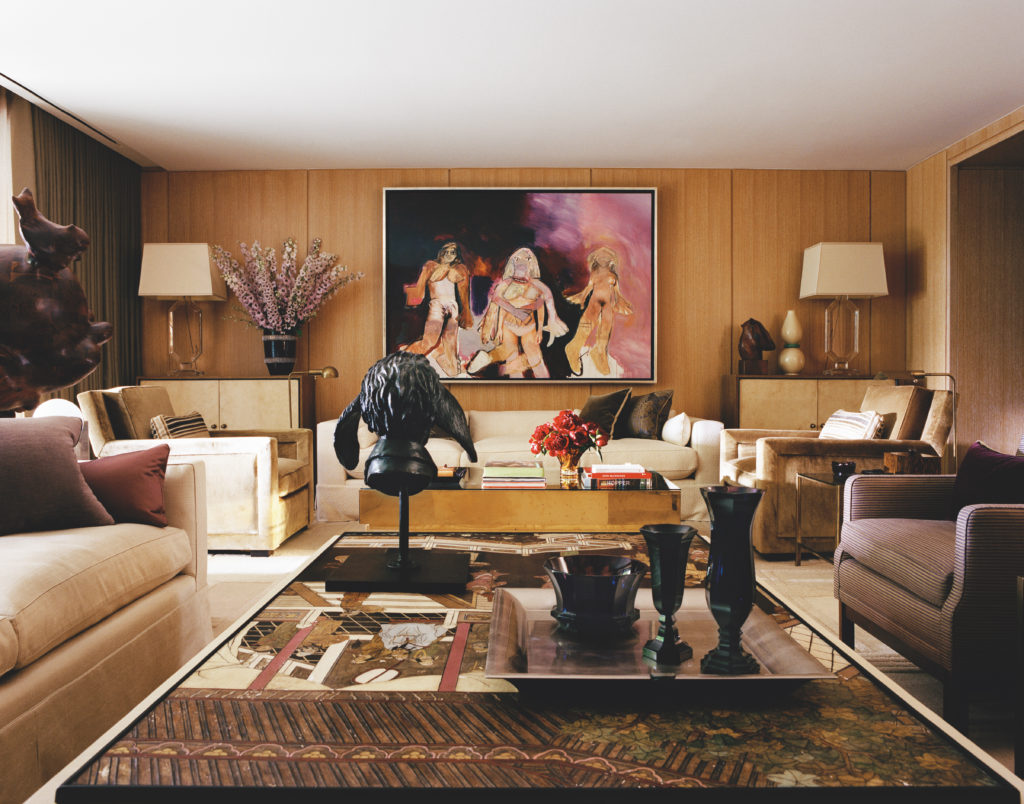
Fashion superstar Marc Jacobs’s New York townhouse is a tour de force of old-school glamour and serious connoisseurship. Designers Thad Hayes, John Gachot, and Paul Fortune all had a hand in crafting the high-style refuge for Jacobs and his bull terrier, Neville. The blue-chip art collection—including works by John Currin, Cindy Sherman, Richard Prince, and many others—sets the tone.
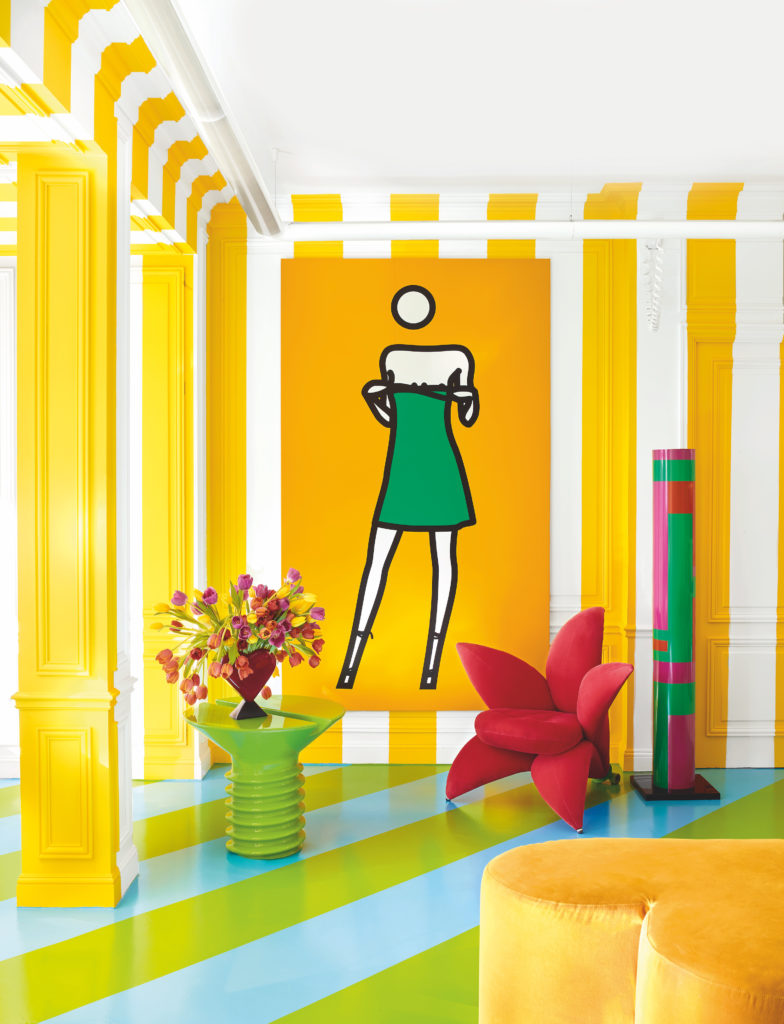
Fashion designer Agatha Ruiz de la Prada refreshed her penthouse by simply using paint in a very daring way, with white and yellow stripes, plus explosive combinations of fuchsia, green, and blue. Large-format contemporary art resonates with colorful furniture in unexpected shapes. A painting by Julian Opie and a monolith by Guy de Rougemont, a Getsuen armchair by Masanori Umeda for Edra, and a Screw coffee table by Eero Aarnio for Adelta.
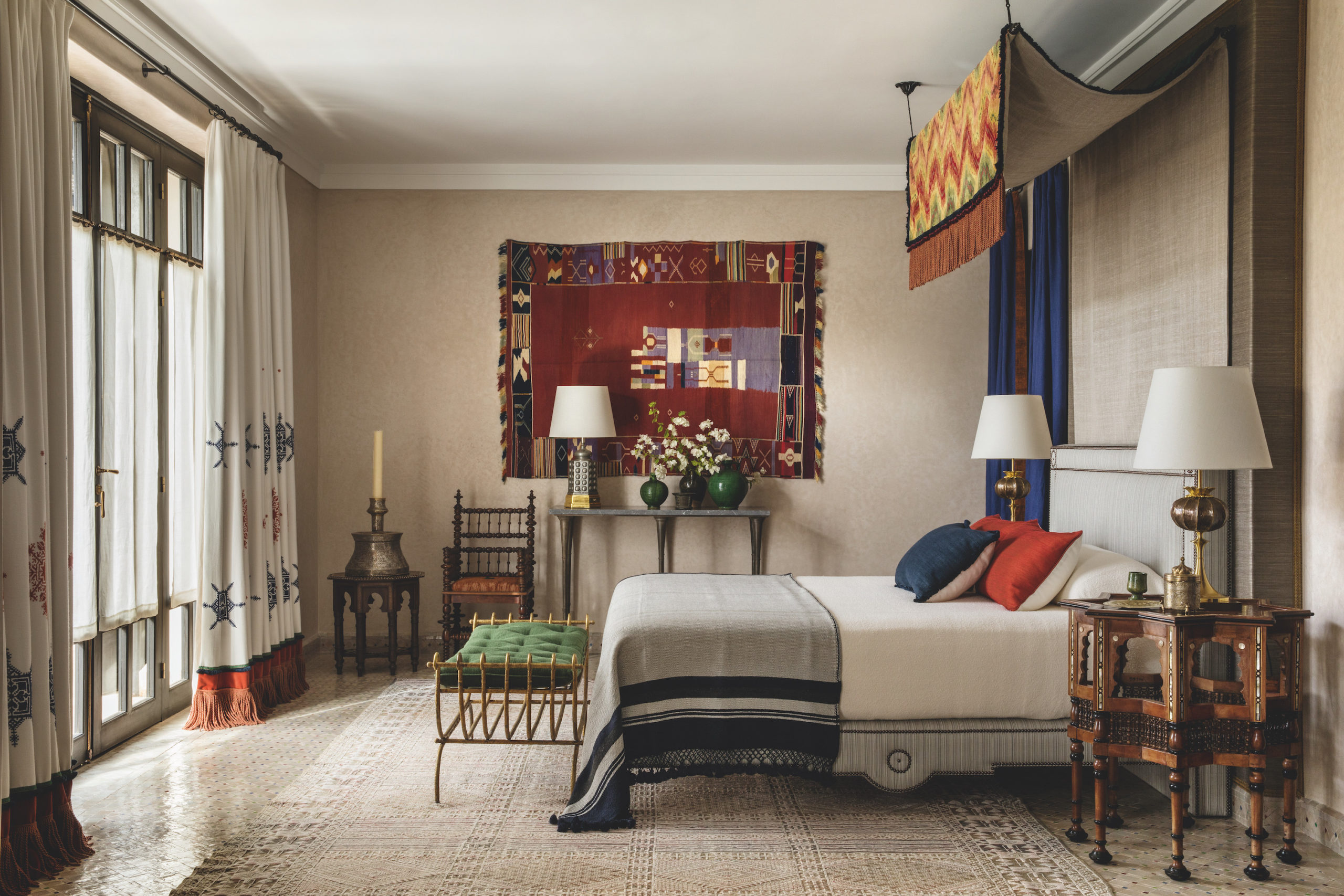
In the master bedroom of Maite and Paolo Bulgari’s riad, a 19th-century Moroccan tapestry adorns the wall; the bed canopy in silver silk is by Jim Thompson, and the knitted textile by Watts of Westminster. A bed designed by the decorator, Pablo Paniagua, and made by Tapiceria Veroe is flanked by antique Syrian night tables and a 1940s curule-style seat in gilded bronze, with green linen upholstery by Loro Piana.
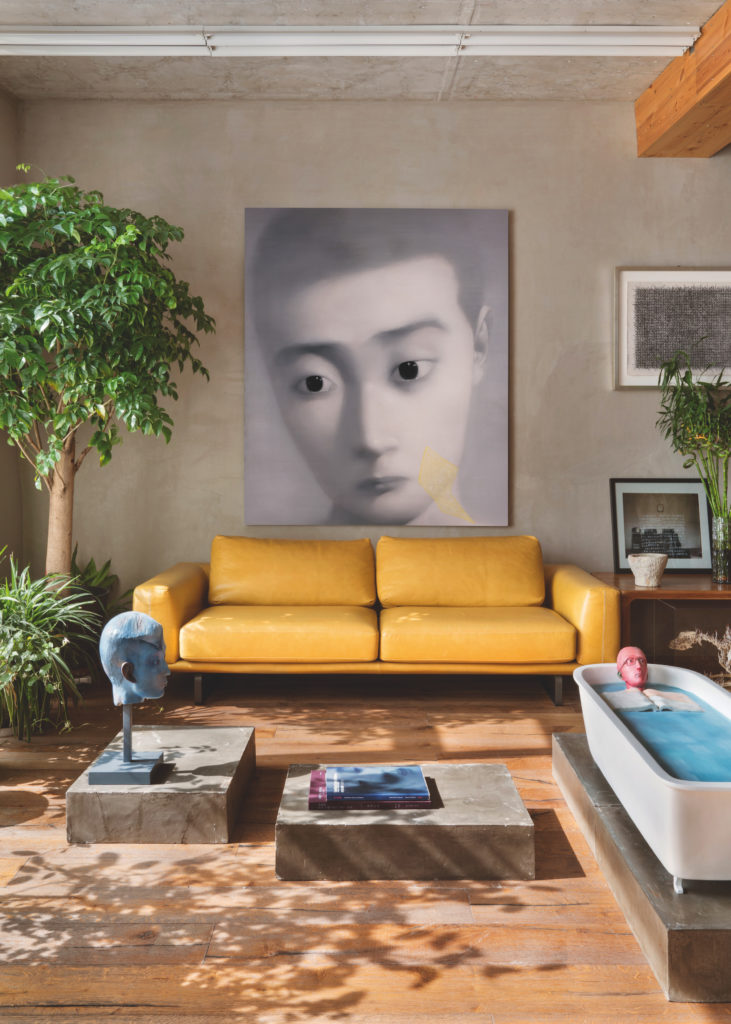
When contemporary artist Zhang Xiaogang converted a three-story villa with a courtyard at the far edges of Beijing’s Fourth Ring Road—near the 798 Art Zone and the Caochangdi (“grasslands”) art district— he worked with architect Cheng Hui of WM Space Design to create a modern house with pure lines and earthy materials such as cement and wood, accentuated by his own distinctive works.
At a time when travel is all but out-of-the-question, the release of Kalt’s book is perfect, and is summed up by Anna Wintour in her introduction:
“This is a book of globe-trotting fantasy and romance. The spaces in this volume, chosen by the editors of Architectural Digest around the globe, are an escapist delight. They are as elegant, sophisticated, dramatic, and gloriously playful as any rooms you’re likely to see. But taken together they suggest to me more than a series of masterworks in the art of interior design. They suggest a powerful new way of looking at the world and how to live in it.”
……………
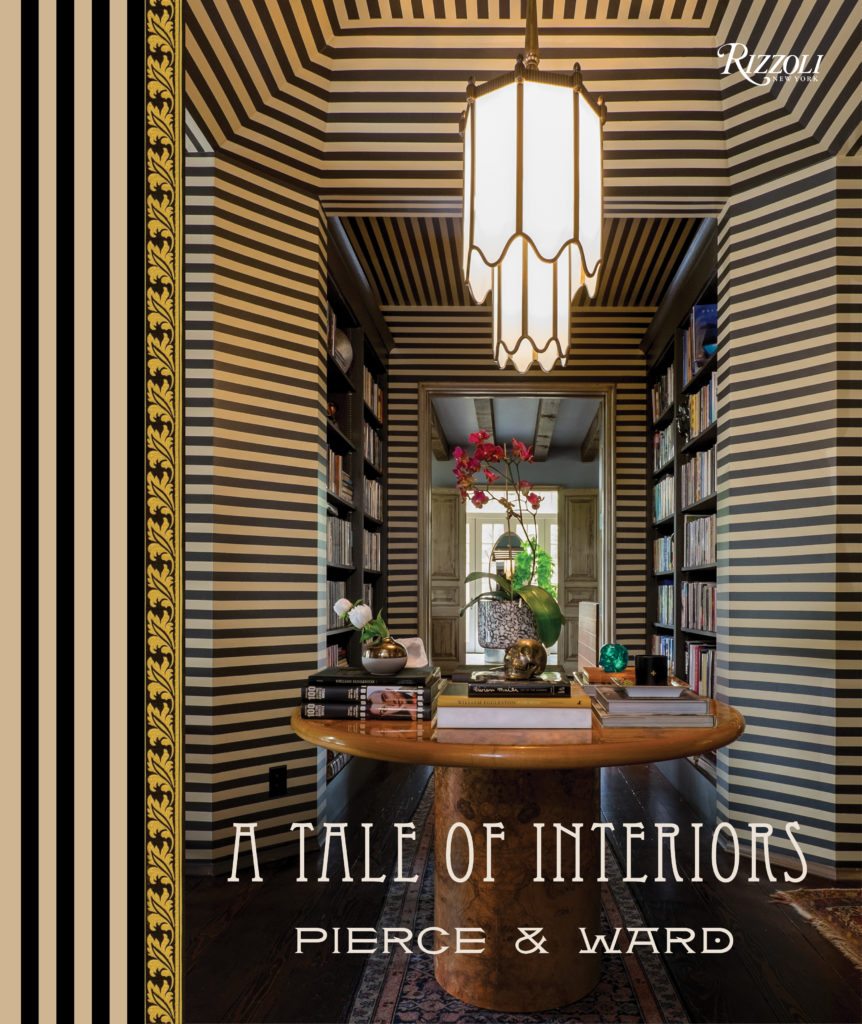
I’ve never seen a room sheathed in a William Morris wallpaper that I didn’t love. And so I was immediately taken with A Tale of Interiors, the first monograph from decorators-to-the-stars Louisa Pierce and Emily Ward. (And while we’re on the subject of paper, this book is old-school luxury. It’s printed on Italian stock which adds gravitas to its already impressive pages. But I digress.)
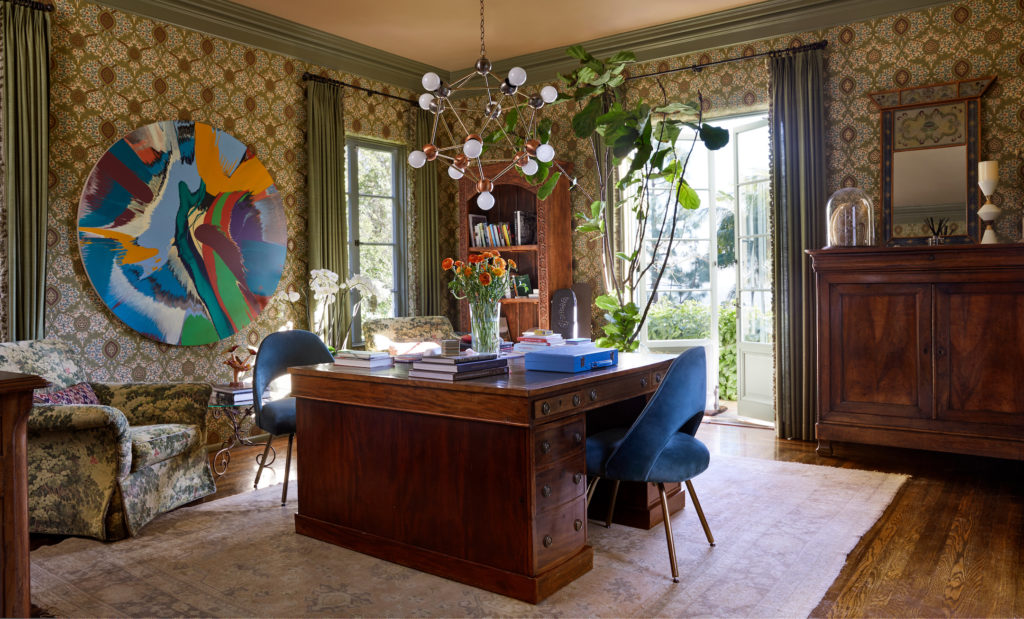
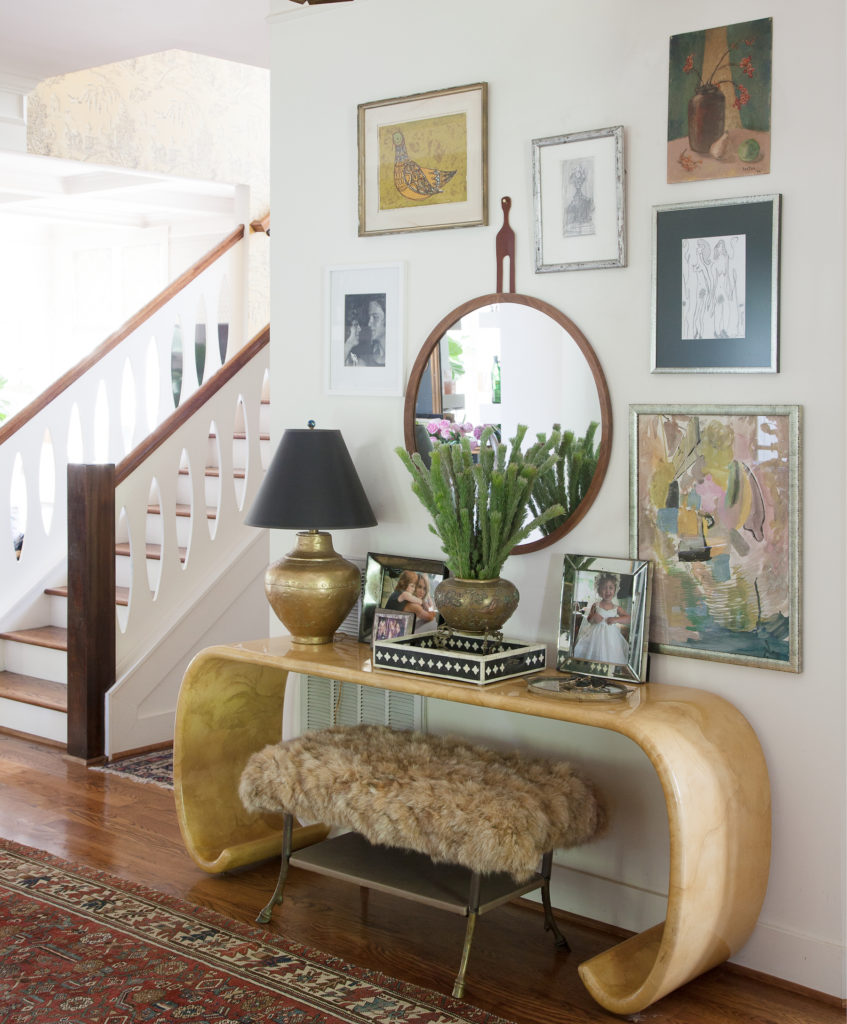
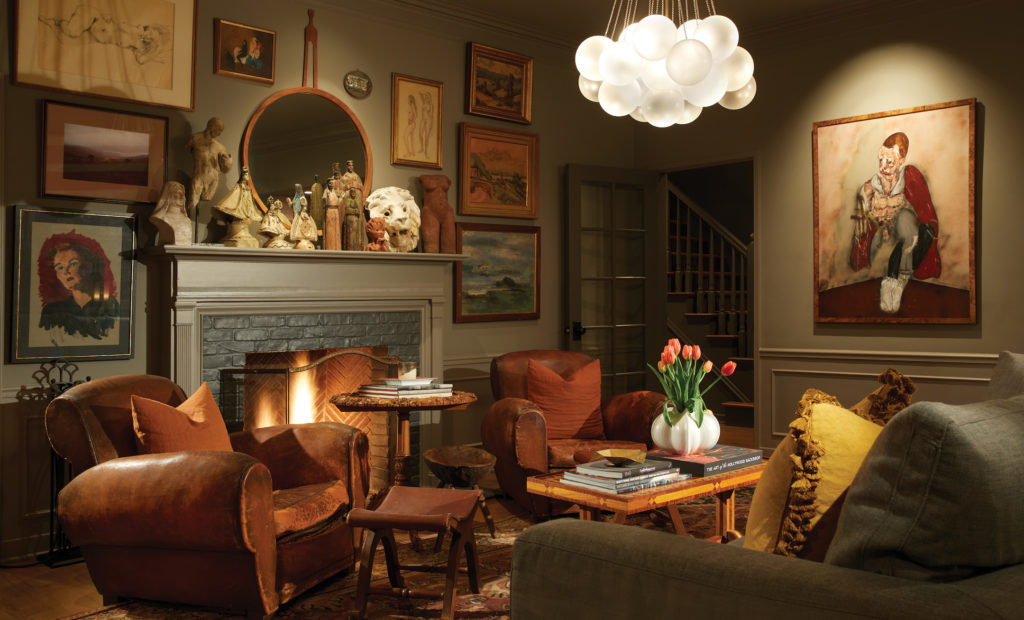
Gloriously haphazard and with a reverence for patina, Pierce & Ward’s rooms are allegorical: there’s an inherent story revealed as you ponder each page of this book. Equal parts Arts & Crafts movement, Turkish bazaar, and Essex countryside – then mixed with unexpectedly-chic ephemera – this team’s projects have the decorating-secret-sauce: They’ve been carefully consider, yet they appear to have developed over a lifetime of world travel and collecting.
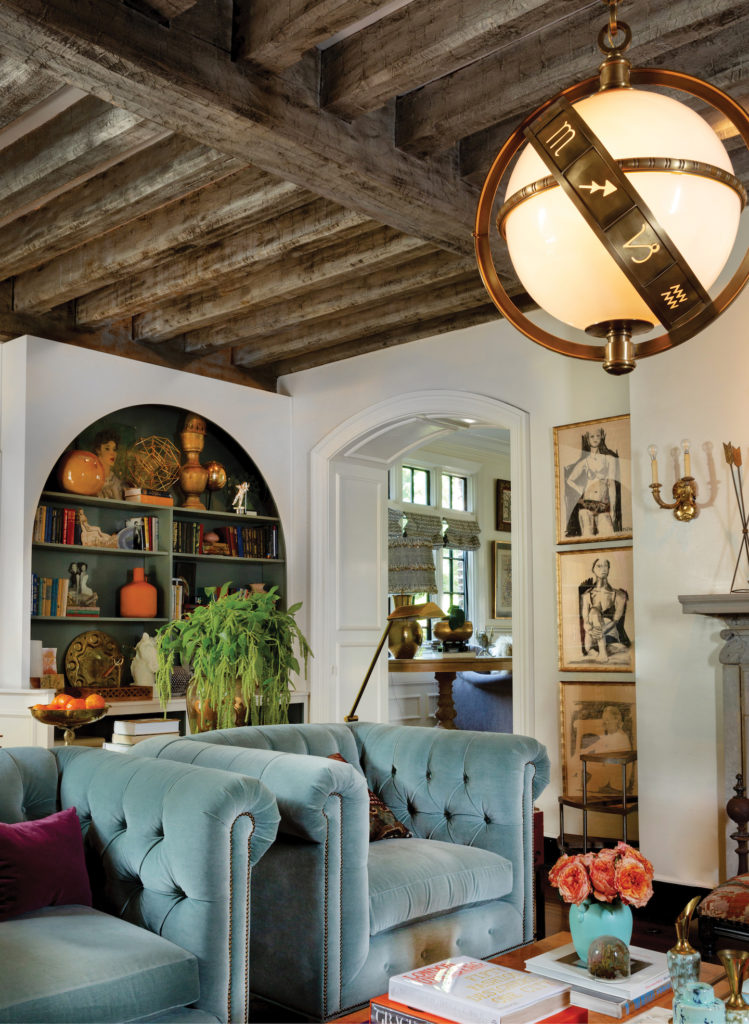
The takeaway? A Tale Of Interiors will teach readers about organized abundance and restrained decadence resulting in an evocative and inspiring ode to the art of more.
……………
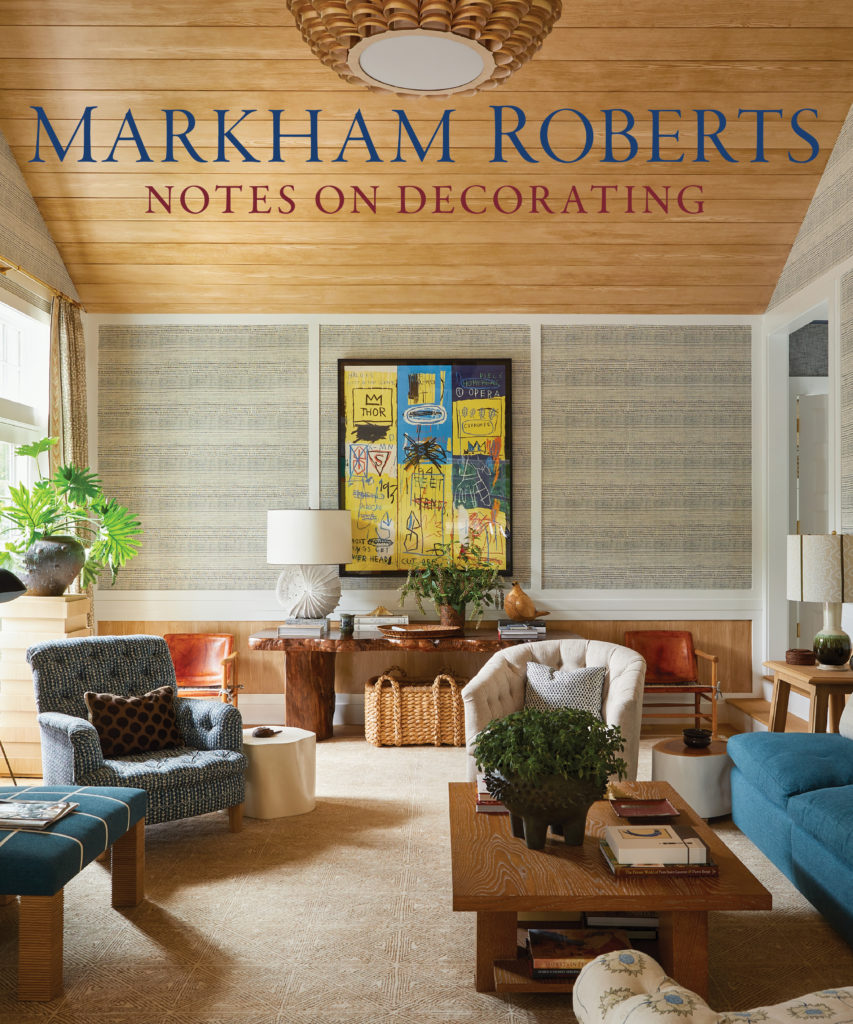
Six years ago, I read a quote from interior designer Alexa Hampton, talking about Markham Roberts’ first book, Decorating The Way I See It, that said: “I just saw an advance copy of Markham Roberts’ book. It is going to go NUCLEAR!! It may be the best design book I’ve EVER seen. WOW!!!”
Spurred on by her enthusiasm, I purchased a copy. And indeed, it was a revelation.
Now, as if to prove lightning can strike twice in the same place, Roberts’ follow-up book Notes On Decorating, released in September, is every bit as exciting. And here’s the thing: don’t take it from me, because while there are dozens of designers who succeed in crafting distinctively American rooms, it’s Vogue Magazine that quite aptly calls Roberts a master of timeless American Style.
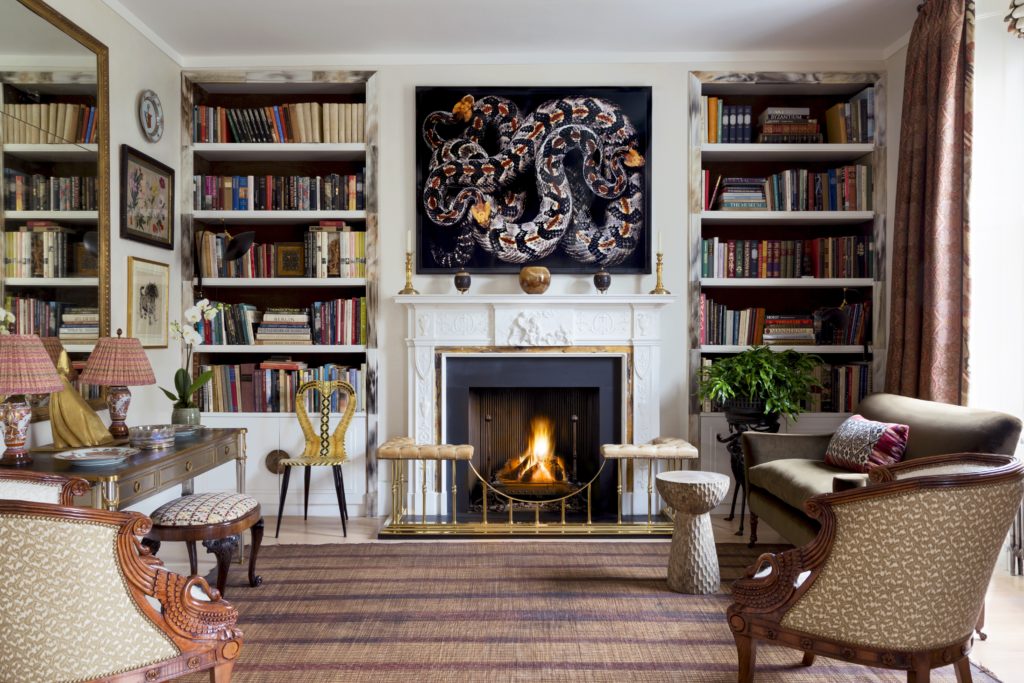
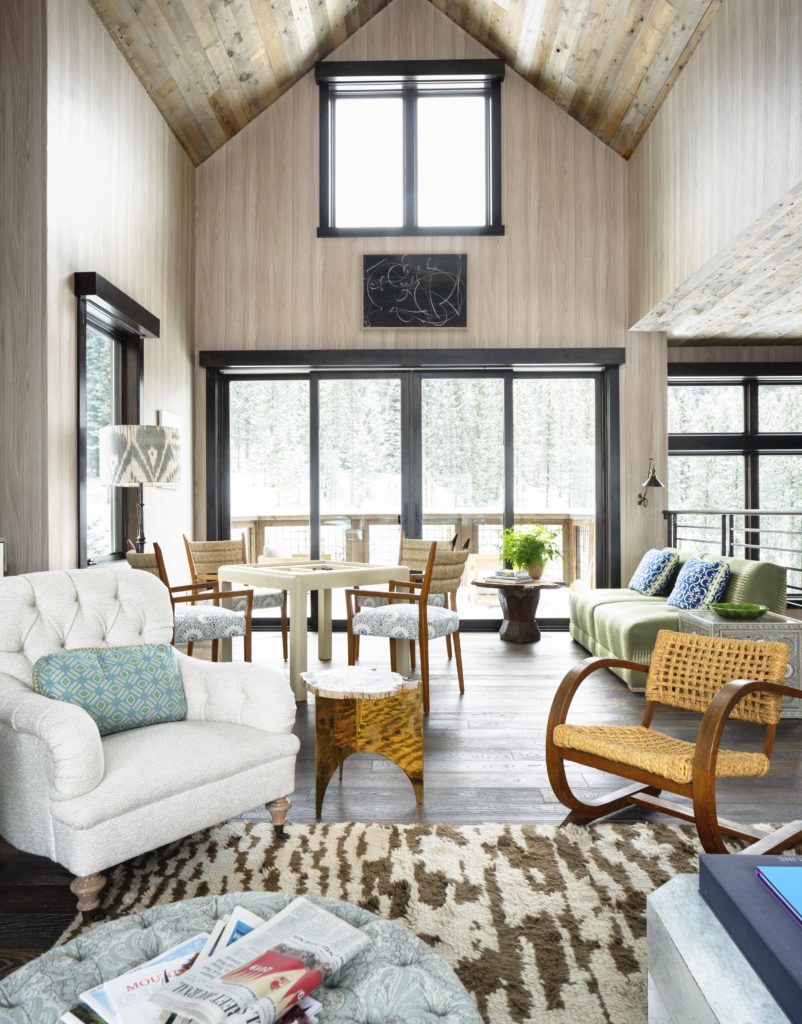
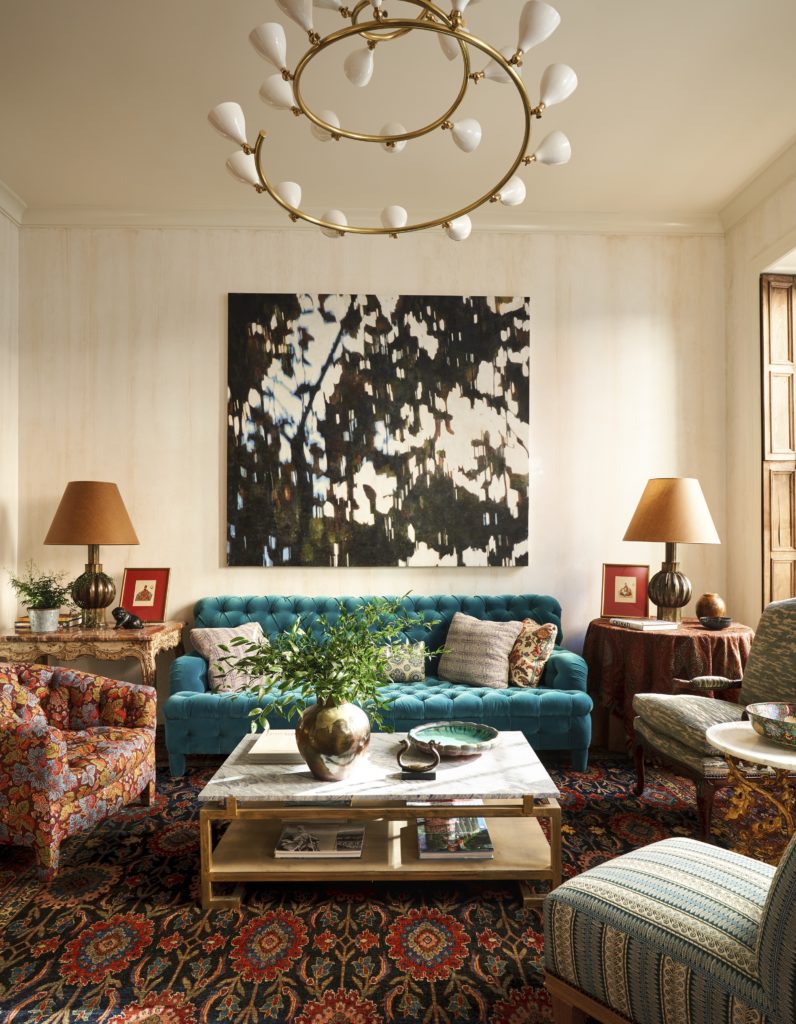
The painting by Alex Schuchard complements the colorful and varied fabric scheme. Photo credit Nelson Hancock.
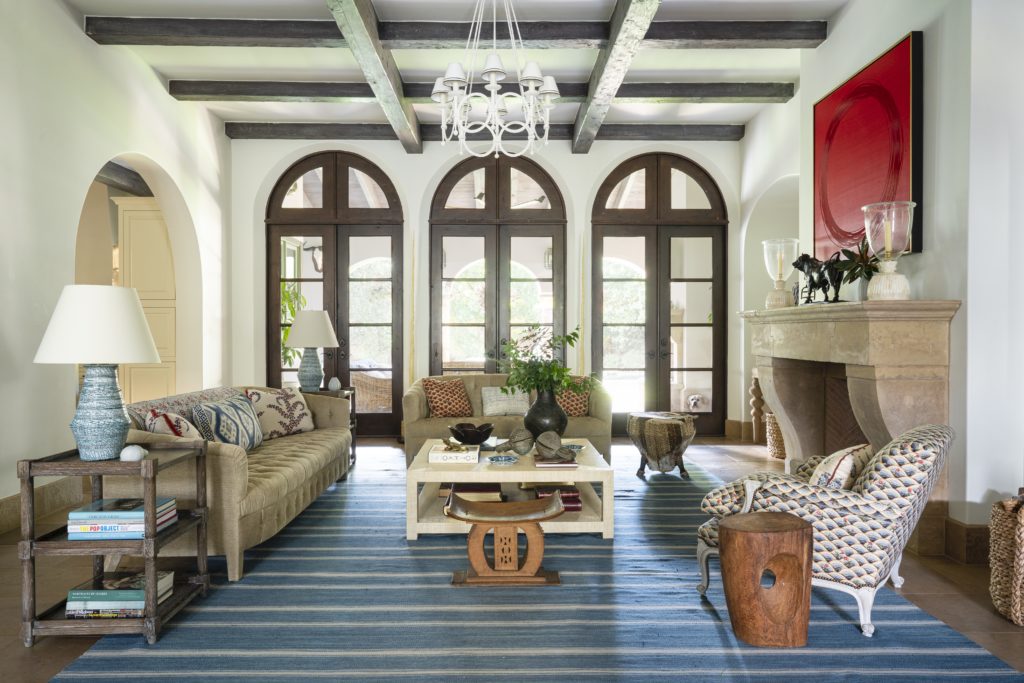
Further, Architectural Digest Interiors and Garden Director Alison Levasseur writes in her foreword to Notes On Decorating:
“As this book—which is full of practical advice, inspiring beauty, and more than a little humor—makes clear, [Markham Roberts] continues to reward us with rooms that look and feel good. What could be more American than that?”
……………
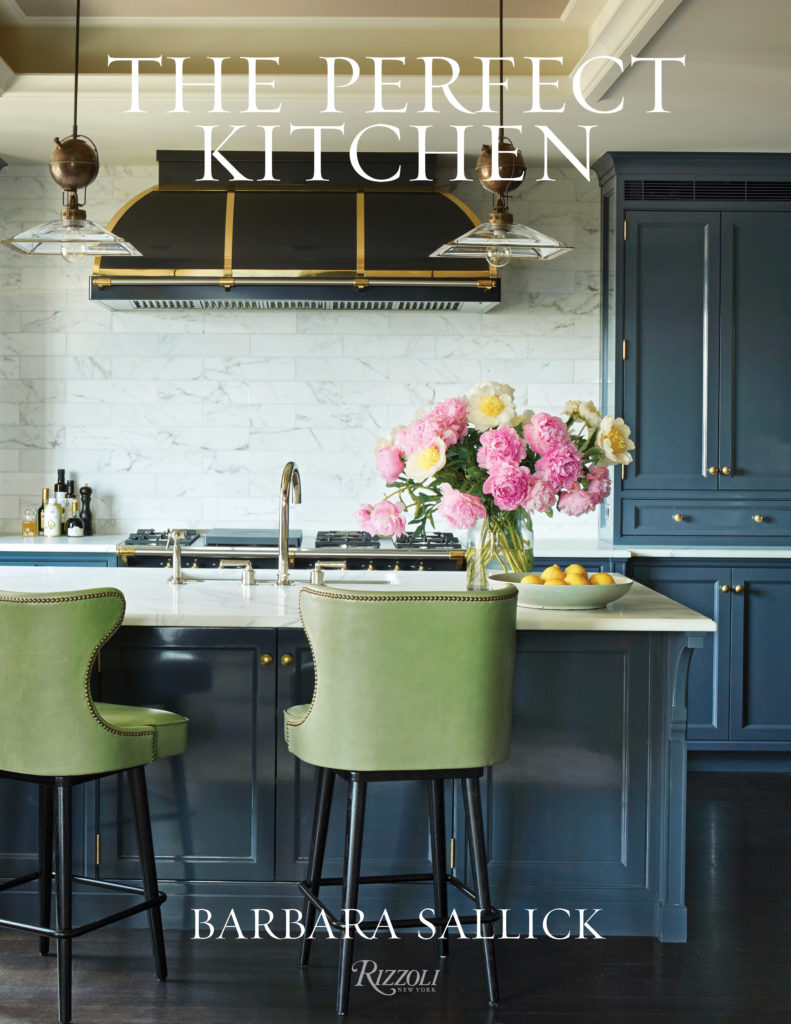
In addition to design, I’ve got a passion for cooking. For me, there’s nothing more enjoyable than spending the entire day in the kitchen preparing a meal for friends, and no better way to show people how much you care for them.
And on the subject of kitchens, Barbara Sallick’s new book The Perfect Kitchen, to borrow a food-related colloquialism, is all that and a bag of chips. I’ve never seen a better kitchen design book. When you turn to the design directory in the back of the book you’ll understand why — the kitchens Sallick curates for this book were conjured by a veritable who’s-who of the best designers and architects working today including Brian McCarthy, Gil Schafer, Bunny Williams, David Kleinberg, Madeline Stuart, Martyn Lawrence Bullard, Ike Kligerman Barkley, Roman & Williams, and Thomas O’Brien among many others.
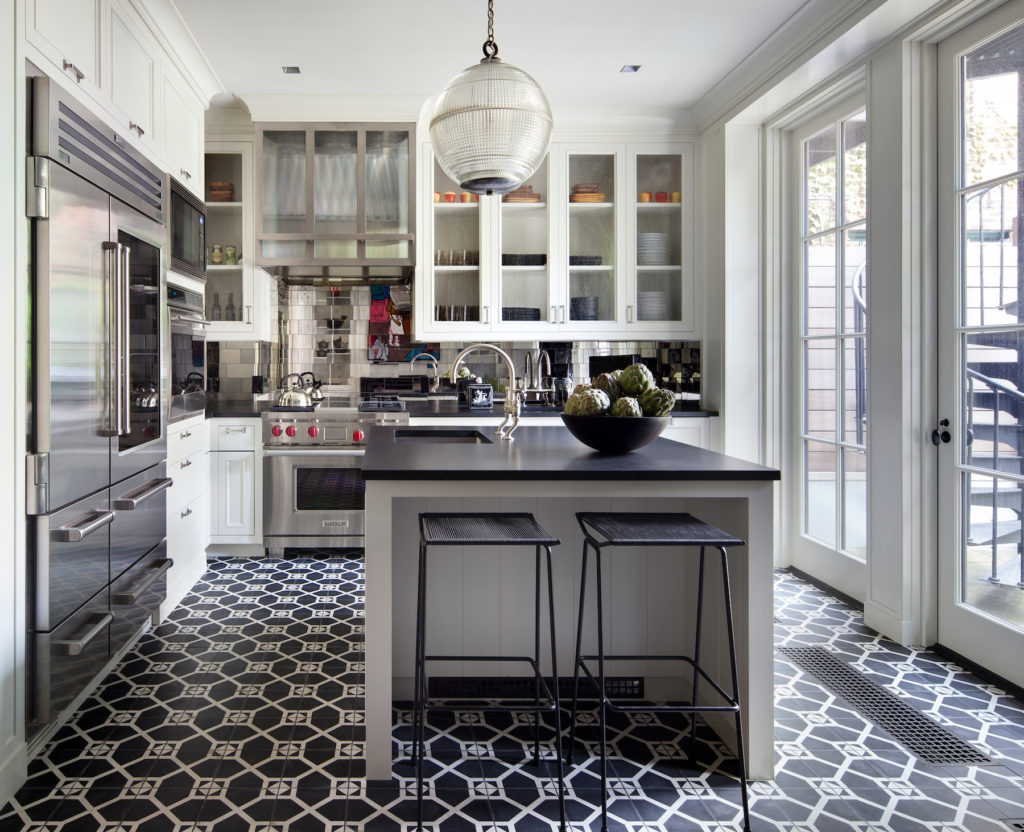
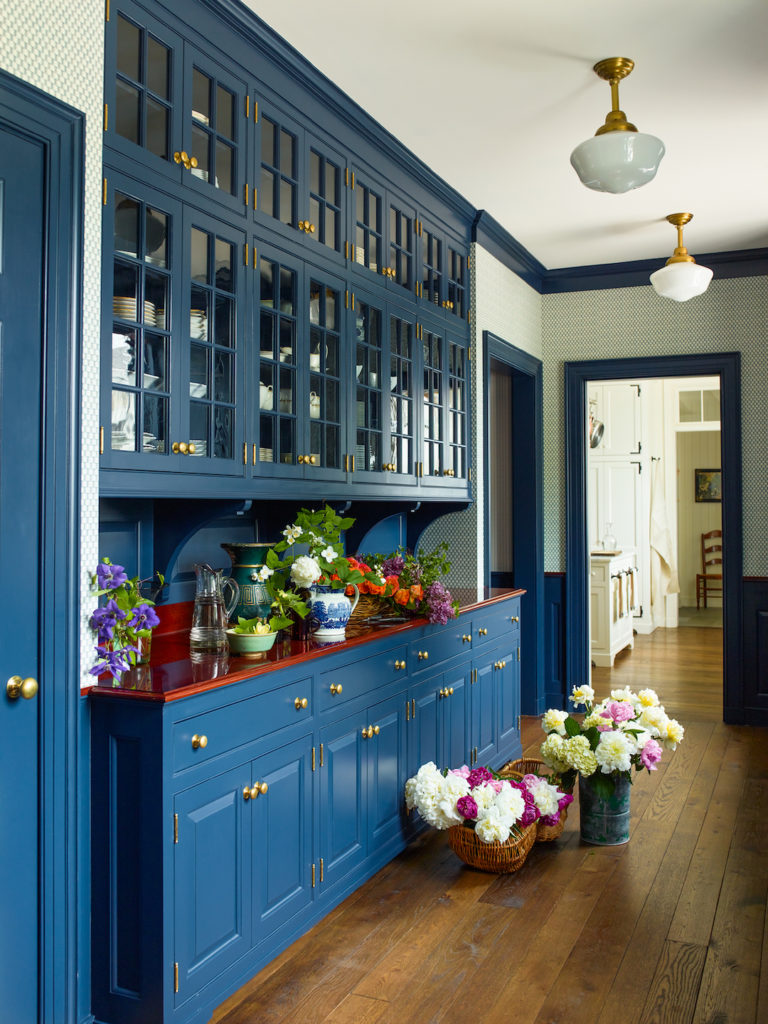
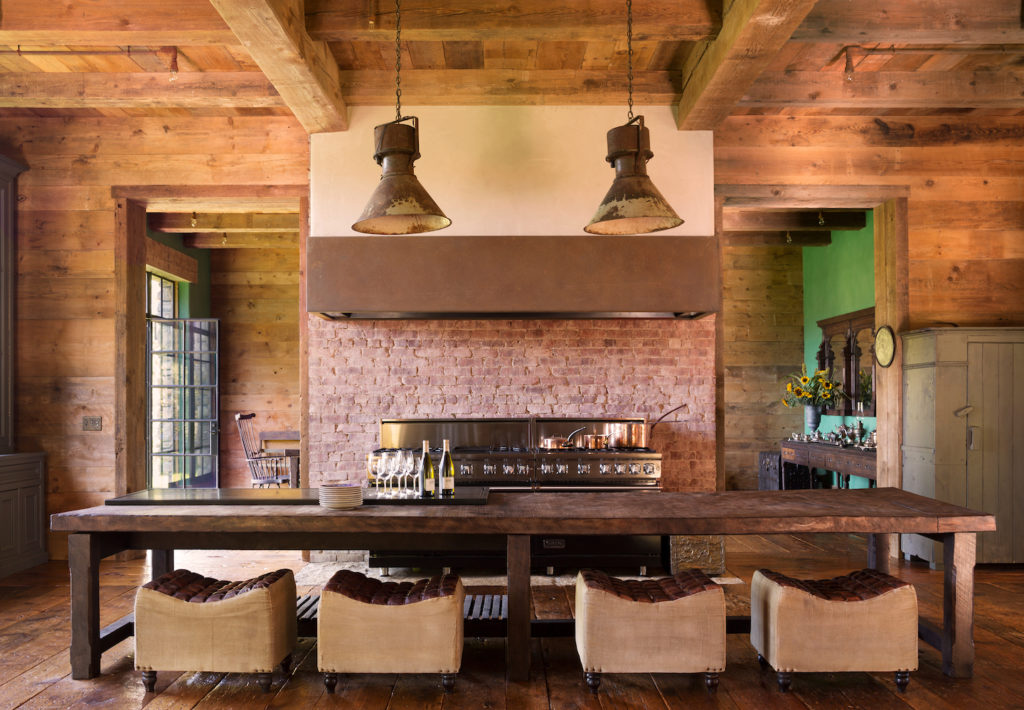
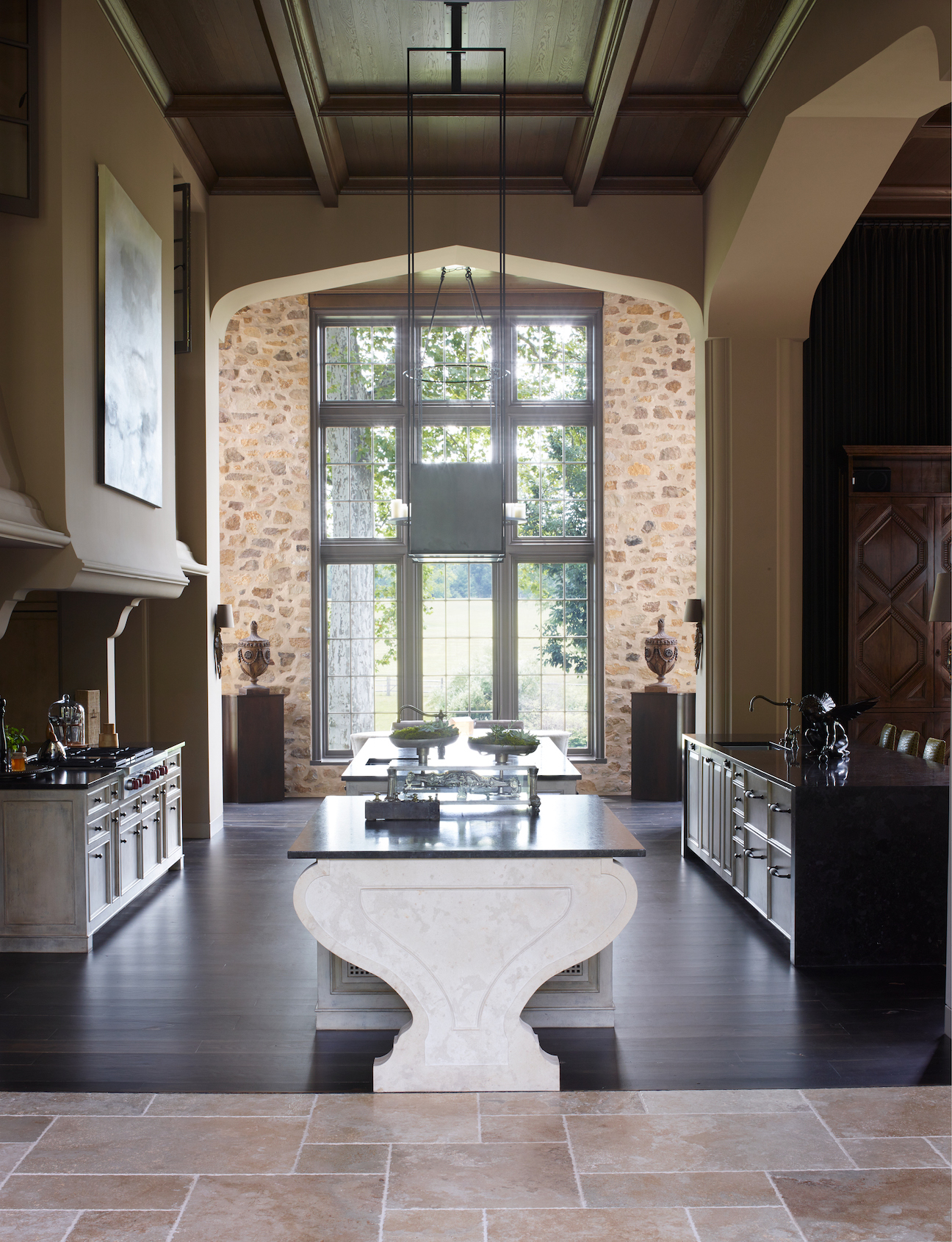
High-styled throughout, this book is as practical as it is pretty, with chapters that demystify the kitchen design process. It would make the perfect addition to any well-informed design library.
……………
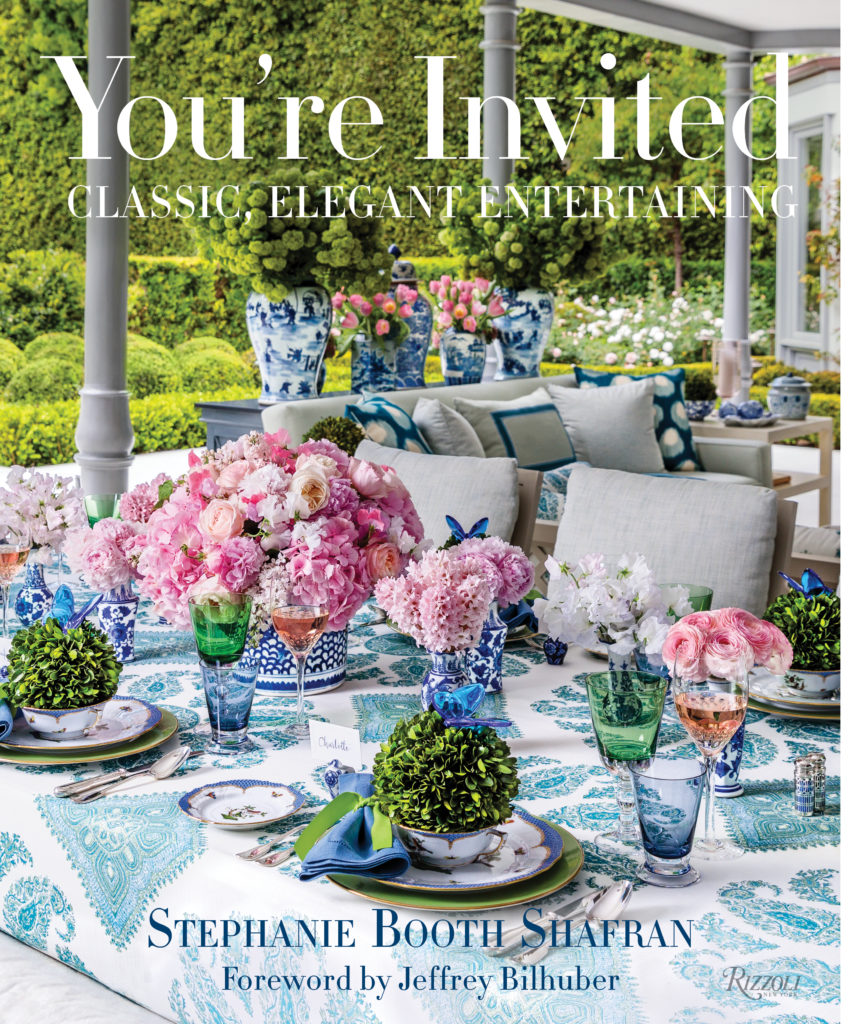
They say that the only constant in life is change. So while current public health advice is to limit the number of people we interact with, change will eventually come, the pandemic will wane, and we will all do our best to return to being with friends and family.
Perhaps you’ve got ideas for a gathering of your own? If you’re looking for inspiration, look no further than Stephanie Booth Shafran’s dazzling new book, You’re Invited: Classic, Elegant Entertaining.
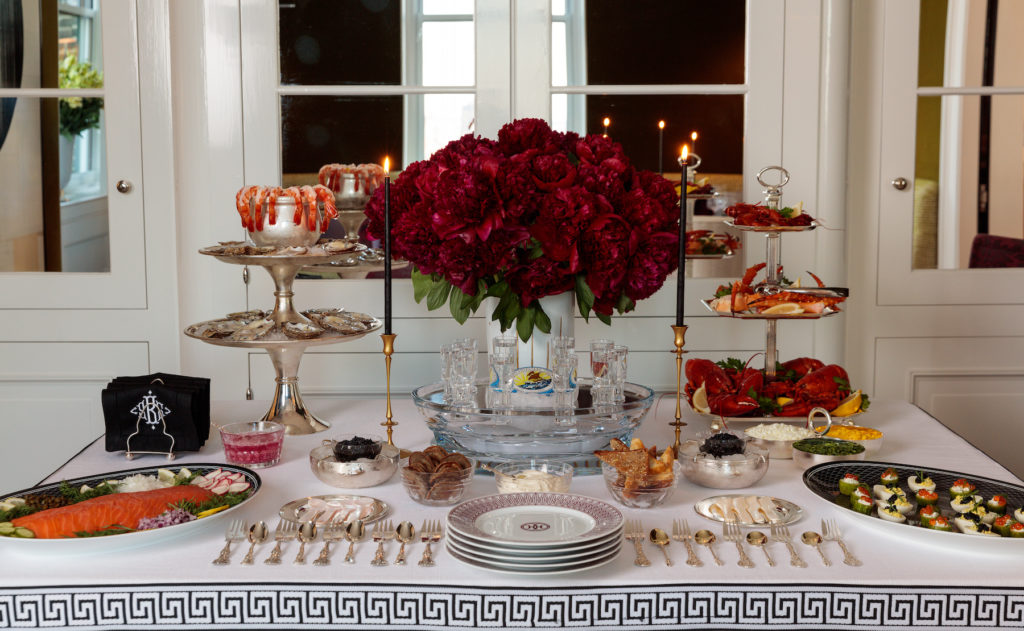
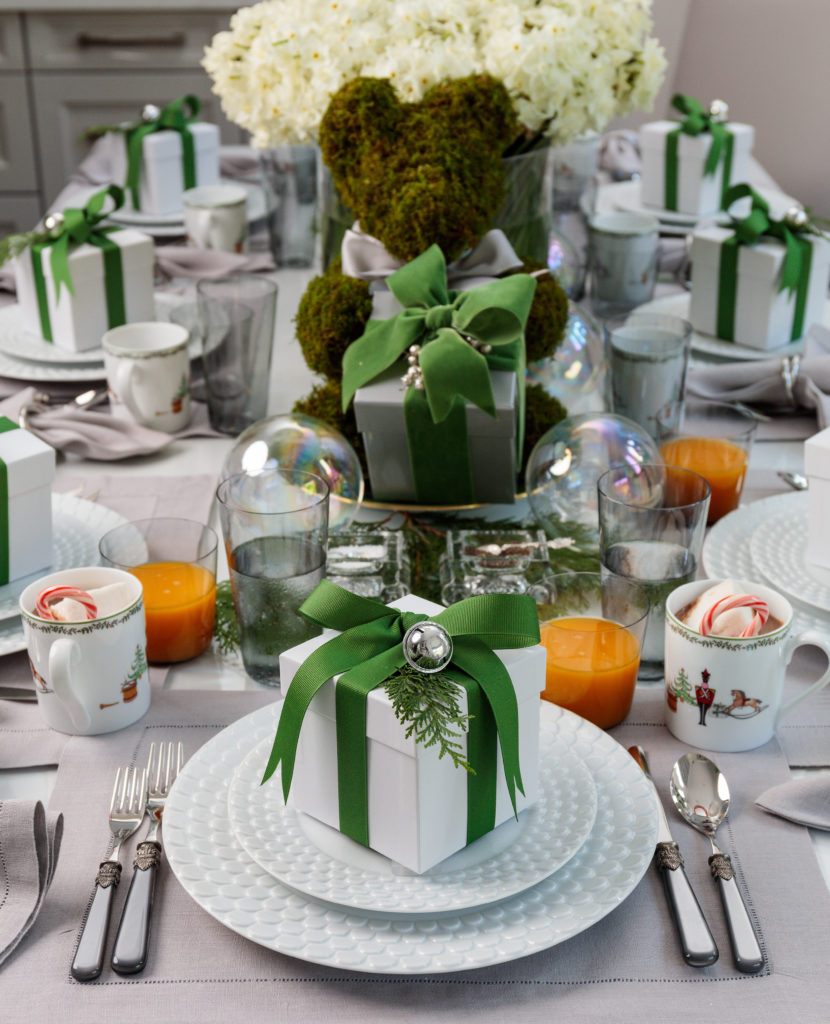
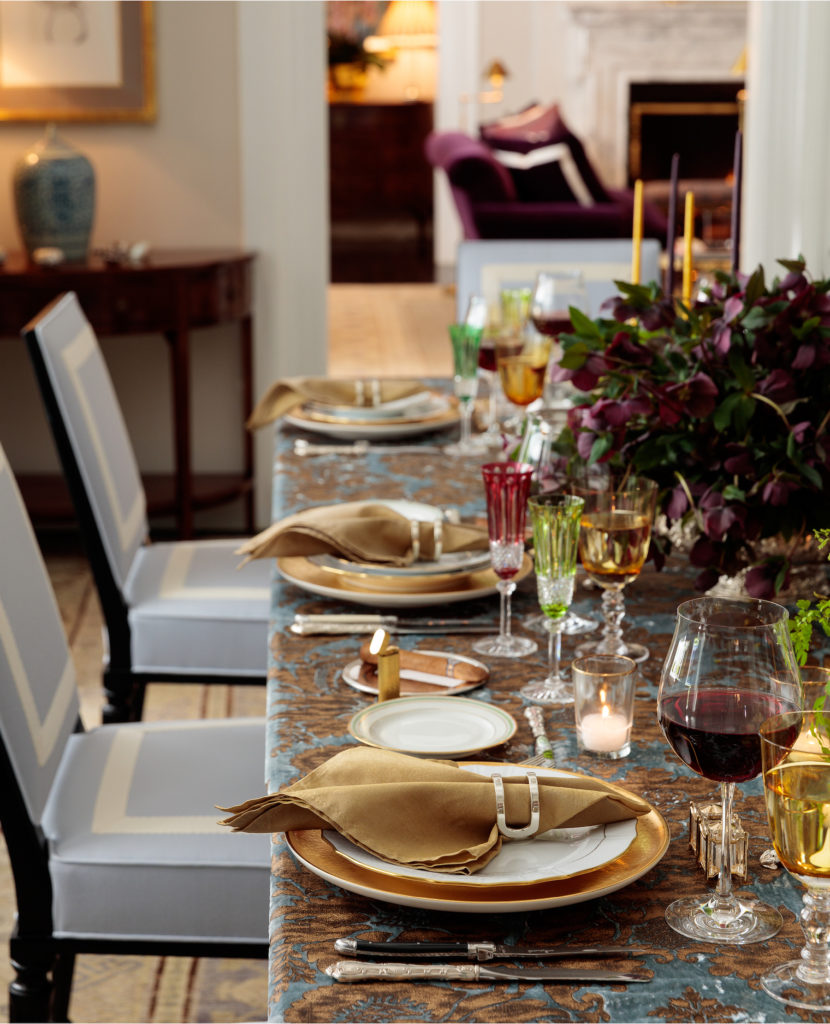
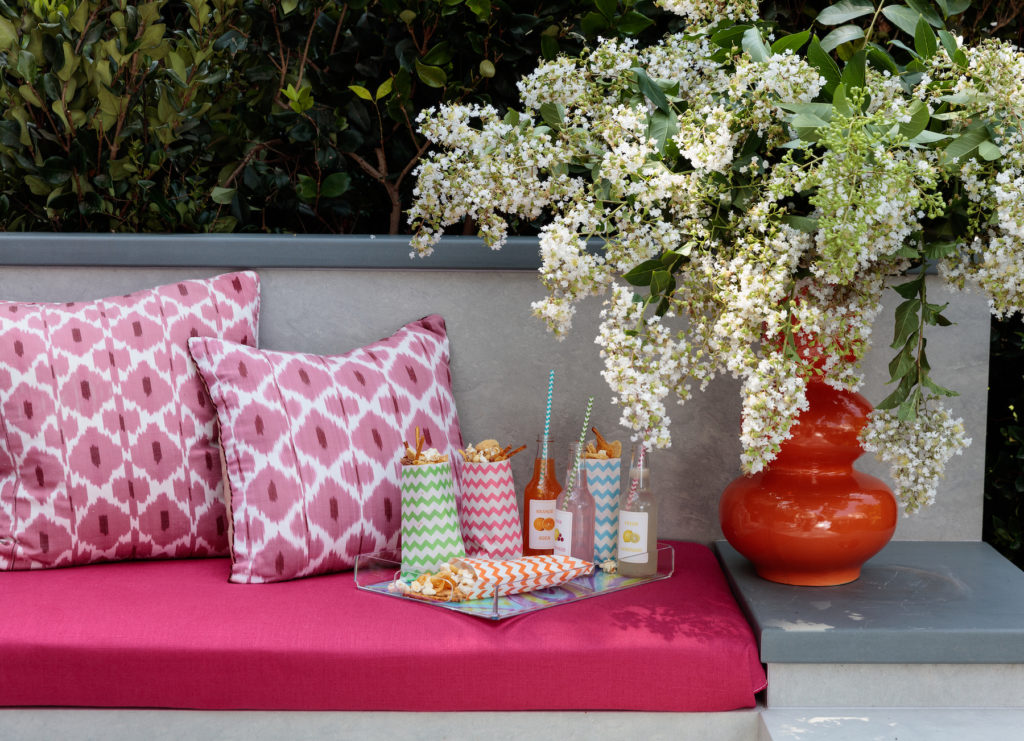
From the table settings to the decor to the color-coordinated menus, every party Shafran hosts showcases a myriad of inspired elements. Chapter by chapter, Shafran shows readers how to set the stage for eight parties, from an elegant housewarming in her Jeffrey Bilhuber-decorated home to a classic California pool party, to a festive Christmas brunch. She also shares advice on palette creation—blue and white for a ladies’ charity luncheon, and deep burgundies for a gentlemen’s wine and cigar party.
……………
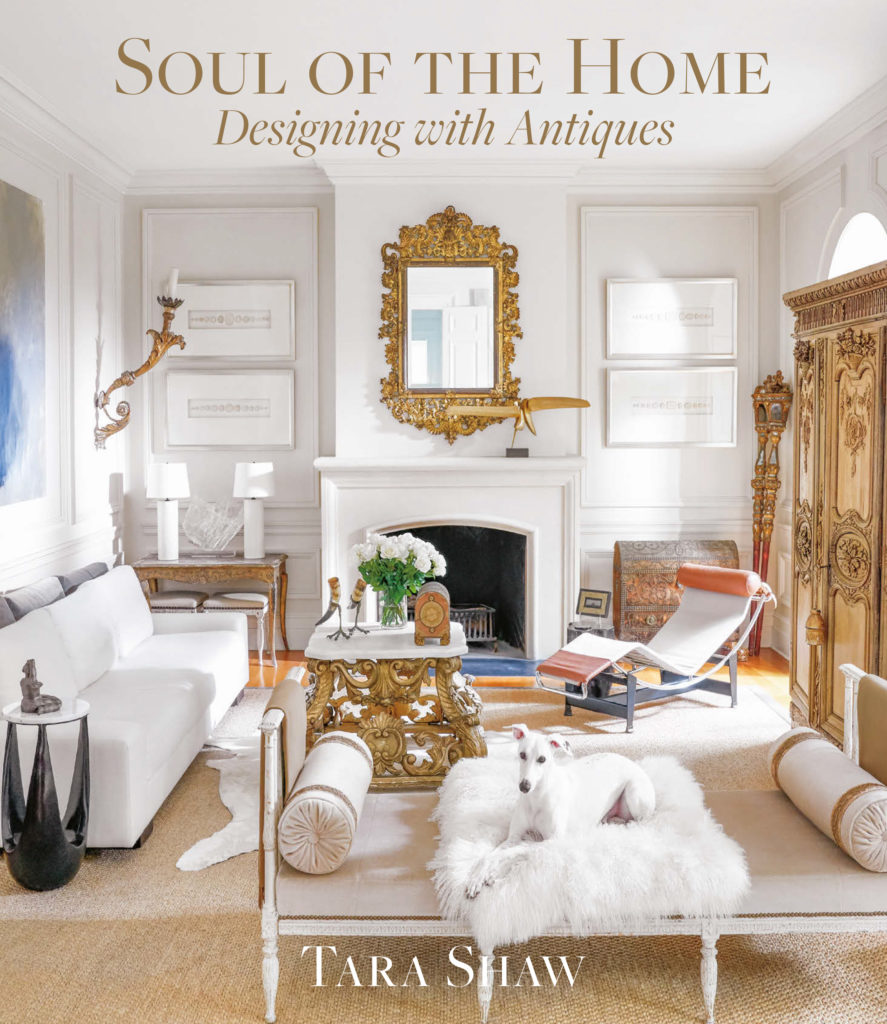
“My design philosophy has always been to seek out the one-of-a-kind pieces that speak to me, and then edit, edit, edit. You have to pare things down to give your collected pieces the spotlight.”
So writes Tara Shaw, whose new book, Soul Of The Home: Designing With Antiques, traces her career from her first European shipping container selling out immédiatement in New Orleans to a collection of finely crafted reproductions to an illustrious portfolio of interior design projects.
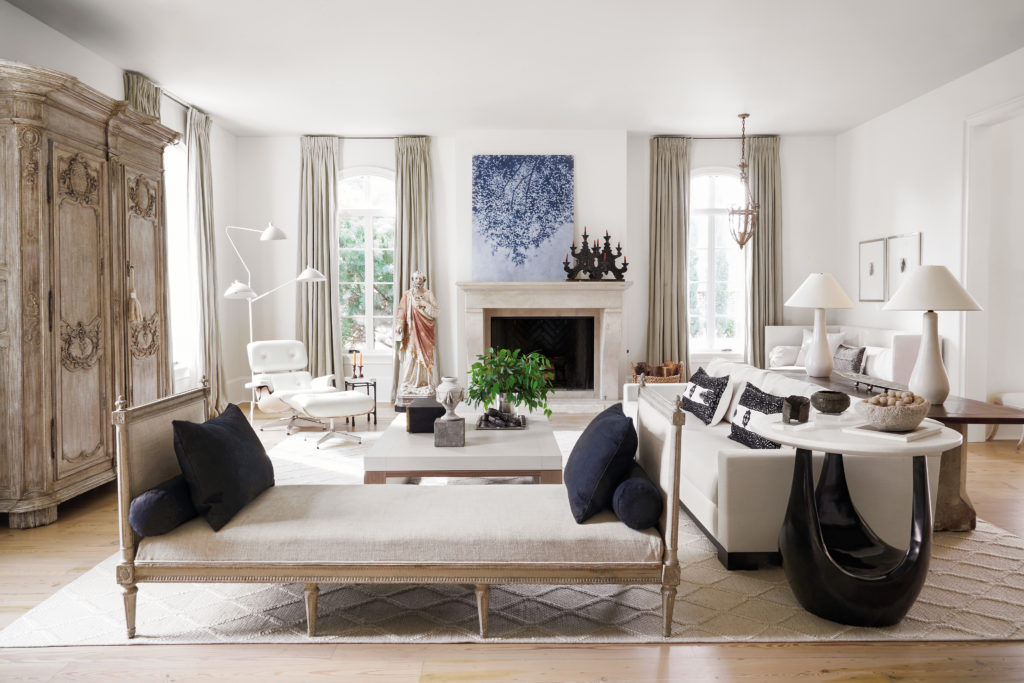
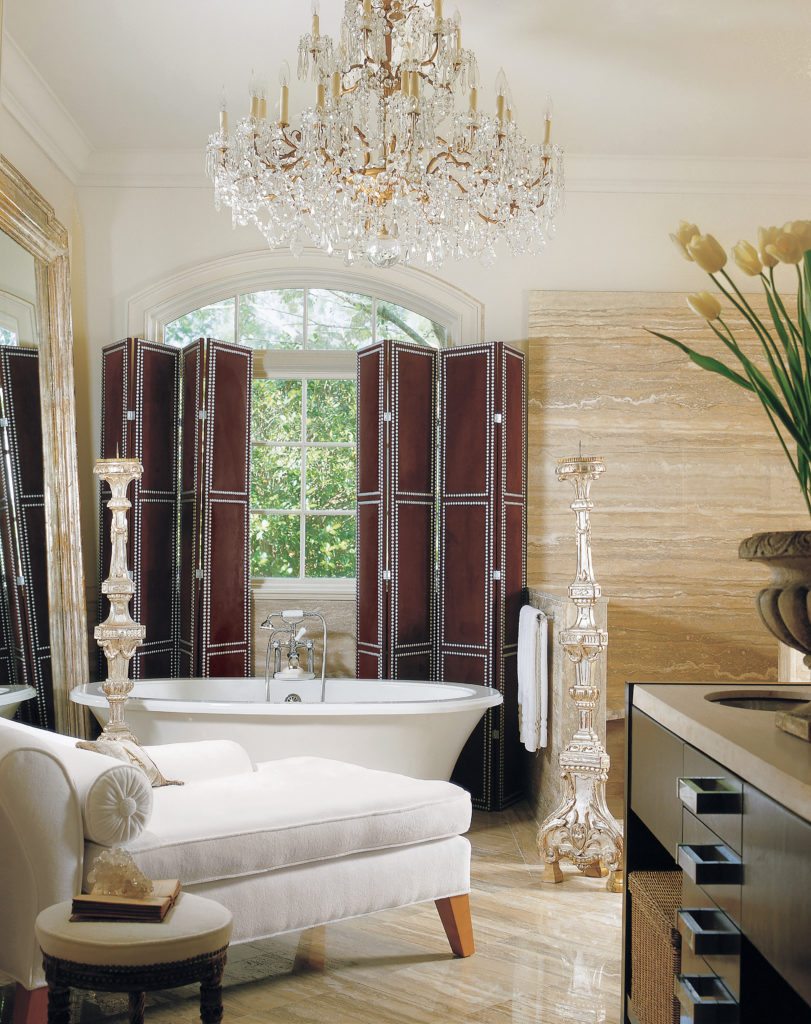
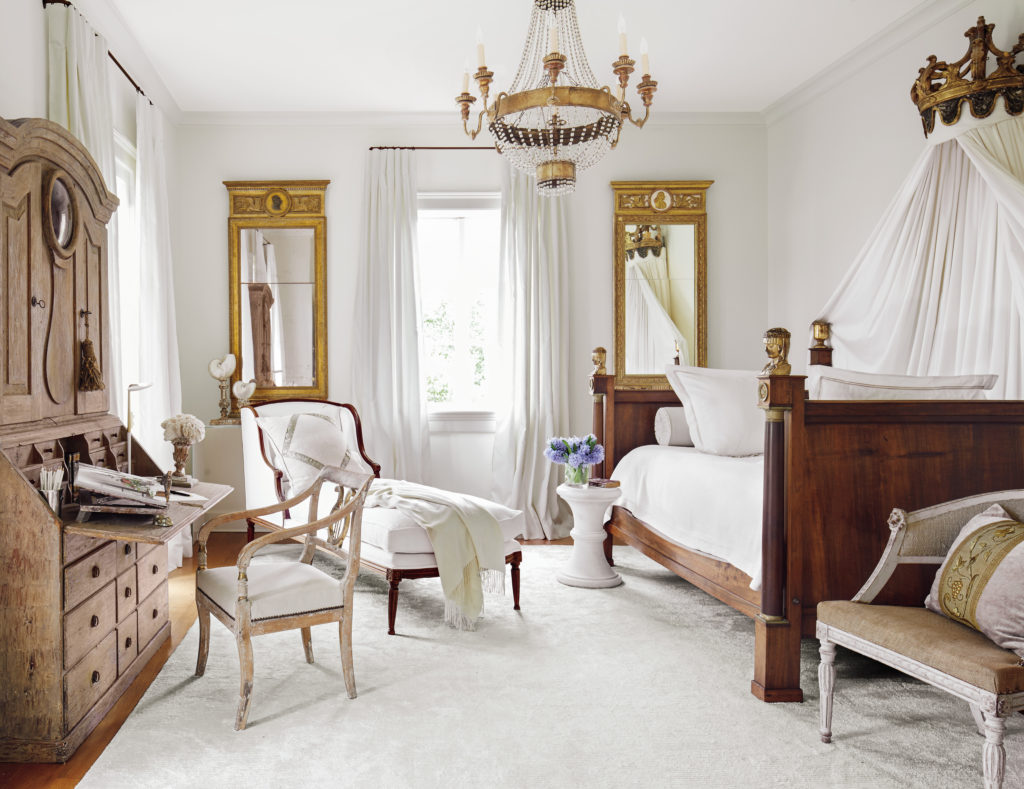
In addition to helping readers understand how to select the best antiques and how to use them in a variety of decor schemes, the book presents never-before-published spaces, and reveals Shaw’s favorite antique-hunting spots throughout Europe. Anecdotes from years of treasure hunting are accompanied by images of rare and precious finds, with text that decodes just how to choose the right pieces and display them in a contemporary interior.
Readers will be able to look at each space and take away ideas they can apply to their own homes, to create personalized rooms full of provenance and beauty.
……………
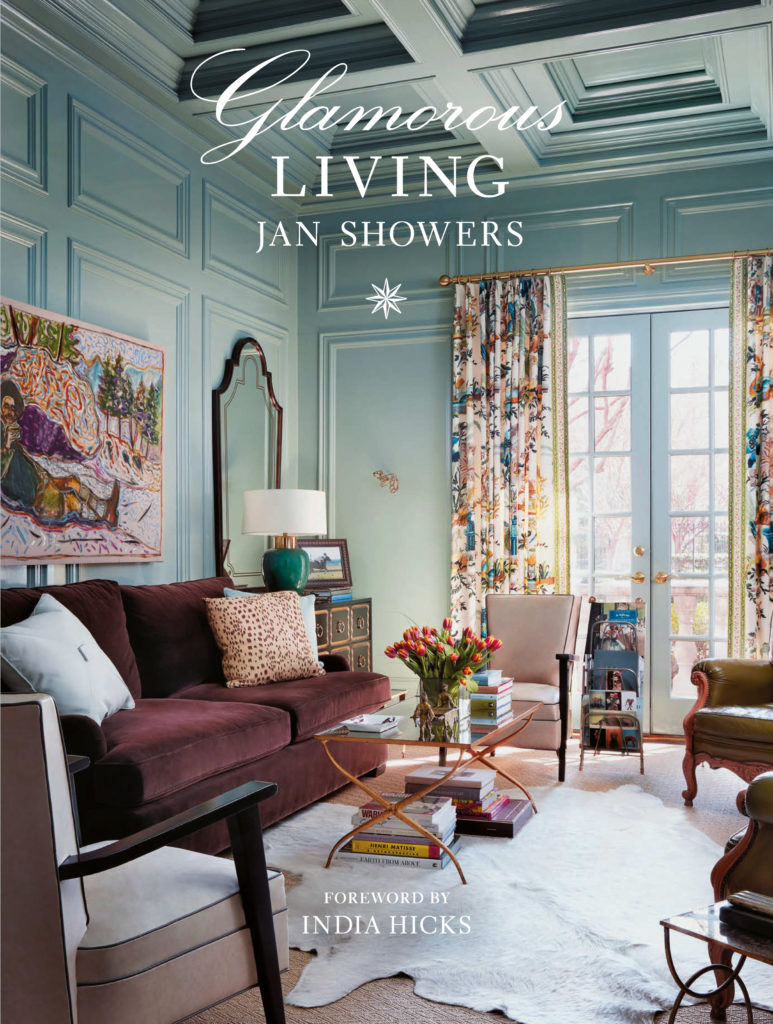
Jan Showers new book, Glamorous Living, picks up where her books Glamorous Rooms and Glamorous Retreats left off — featuring 20 never-before-photographed homes, in some of America’s most idyllic locales, including a glamorous New York apartment, a London townhouse in Belgravia, an architecturally significant house in Paradise Valley, Scottsdale, a duplex apartment at The Mansion Residence in Dallas, and many more.
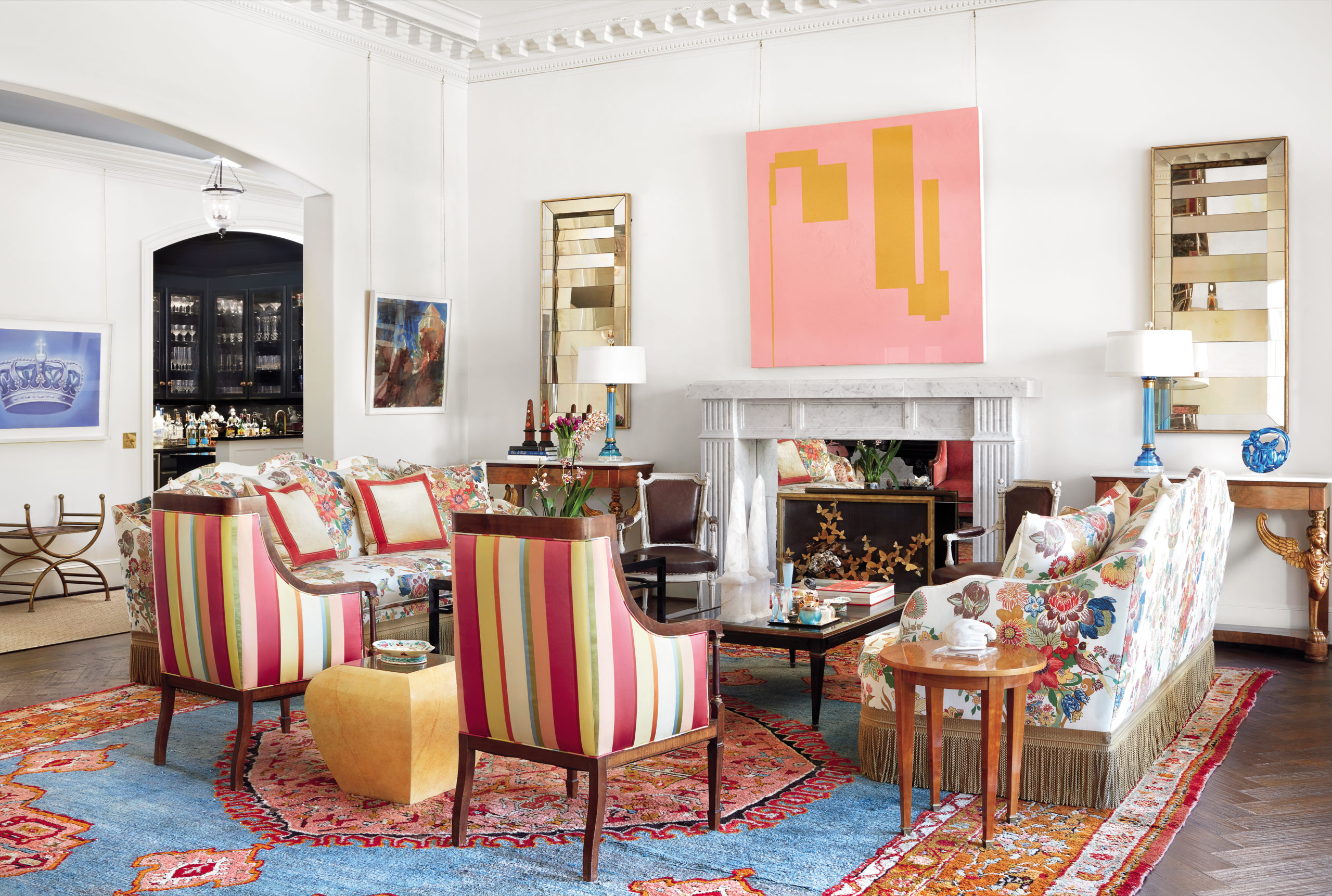
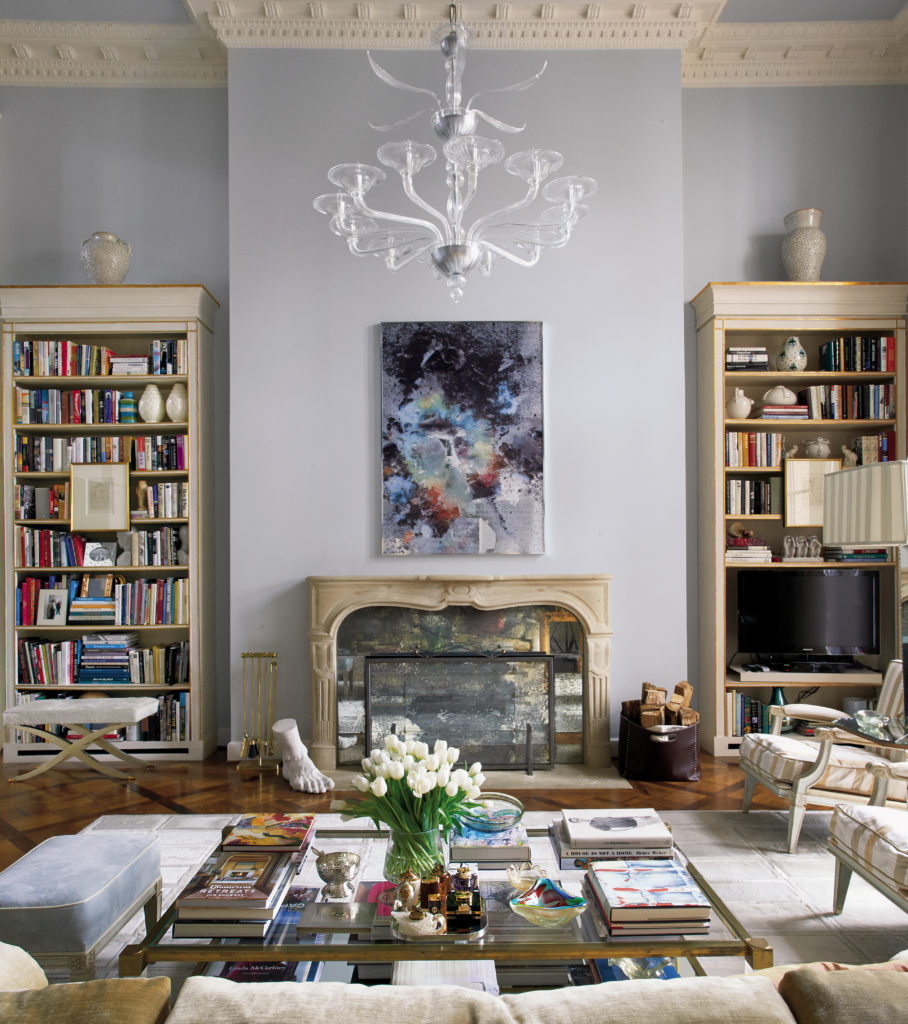
Coffee Table from the Jan Showers Collection in the foreground. Art by Freeman and Lowe. Custom fire screen and surround designed by Jan Showers. Photo credit: Jeff McNamara.
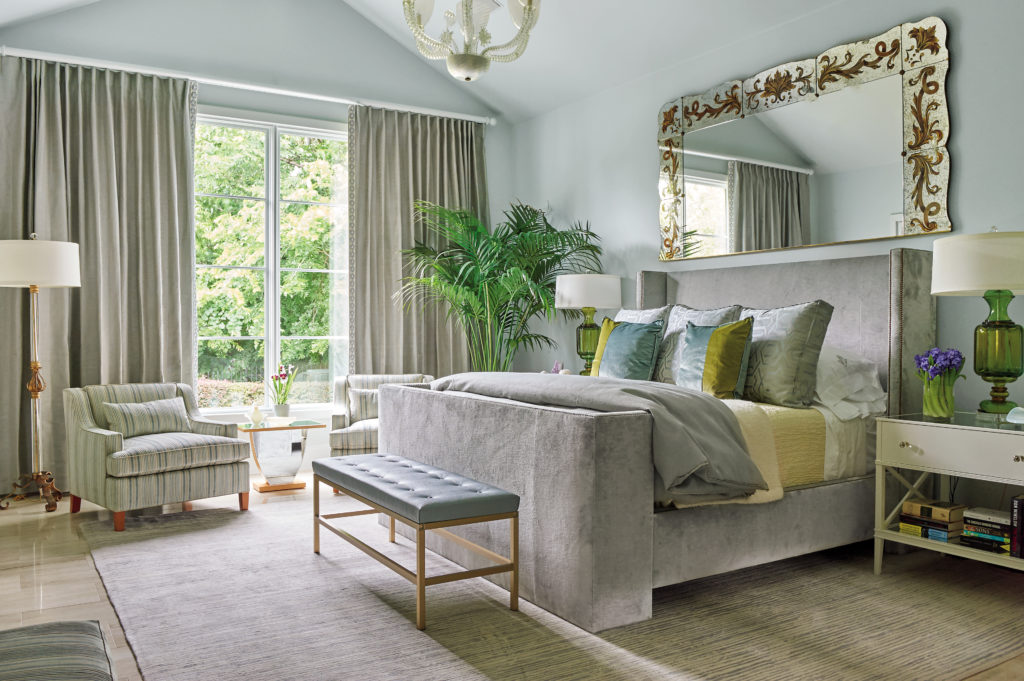
Organized by rooms starting with entryways and powder rooms, through to living spaces and dining rooms, kitchens, bars, bedrooms and more, the chapter’s of Glamorous Living pull back the curtain on Showers’ signature style, about which she writes:
“Successful design is always personal. For me, glamorous living means engaging with the world in a certain way, bringing my own style and unique set of influences with me everywhere I go. Glamorous living never means glittery, baroque ostentation. It’s about living with style and grace, creating environments for family and friends to be a part of your life while feeling their best.
……………
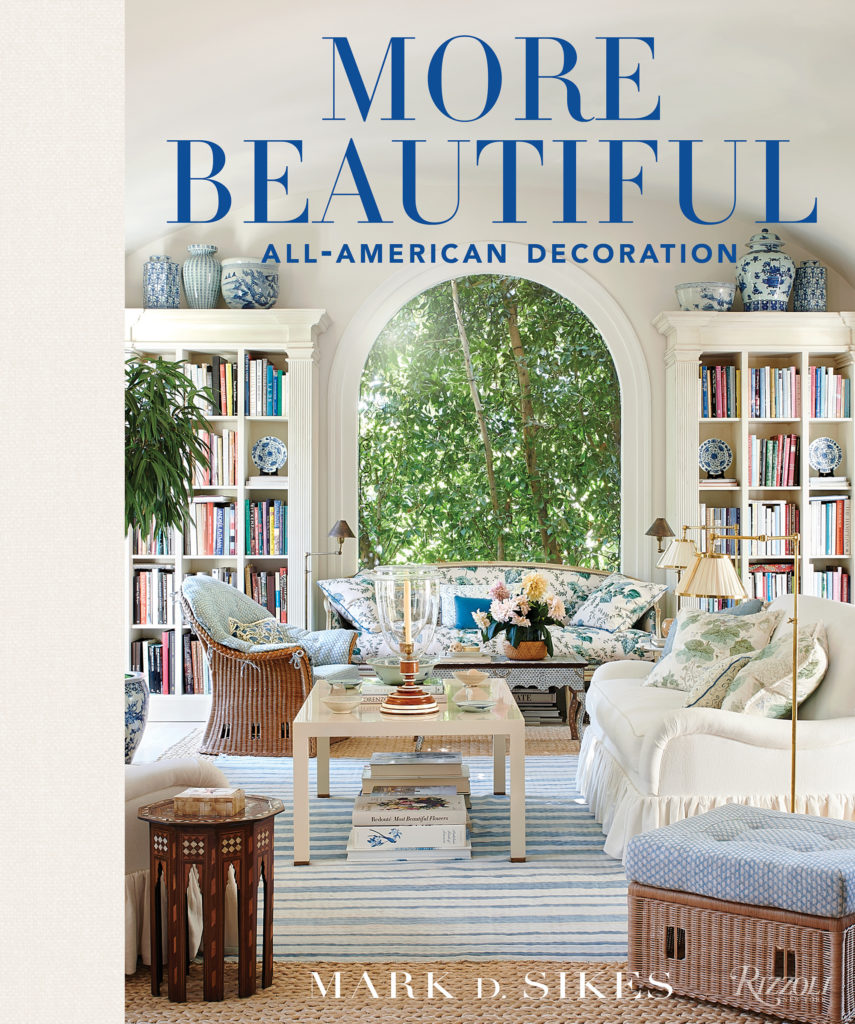
Jacqueline Kennedy Onassis, sporting glam-scaled sunglasses and a navy T. Princess Diana, arriving in a robin’s egg bouclé suit. Catherine Deneuve, casual in an indigo polo and straw hat. Anne Bass, striding through the Met in cobalt-satin Bill Blass. These are just a few of the fashionable women who inspire Mark D. Sikes’ Instagram feed. Have you noticed a theme?
Of course it’s blue, and no designer is as skilled in the art of blue-inflected interiors as Sikes. His wildly successful first book, Beautiful, is a celebration of classic American design. His new book, More Beautiful: All-American Decoration, builds on the theme by mixing sensibilities: American and European, traditional and modern, contemporary and classic.
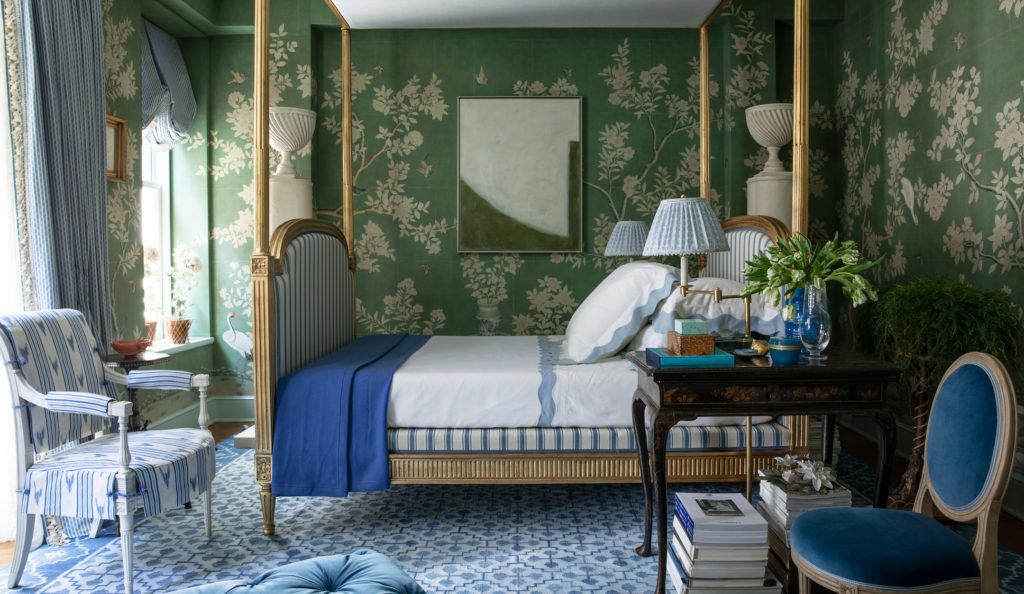
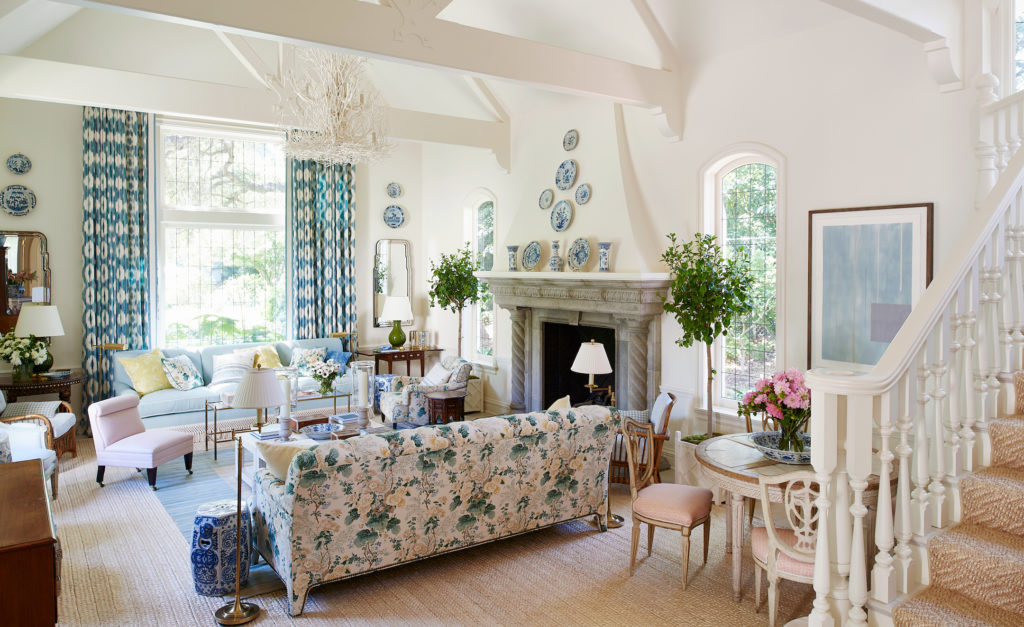
The projects featured in More Beautiful are divided into five distinct styles, all of which exude the happiness that comes with surrounding oneself with things you love. “Traditional” is chockablock with vibrant color, antique furniture, and heady doses of trim and pattern. “Country” is a new take on the style, where distressed finishes and modern silhouettes mingle for a warm welcome. “Coastal” is streamlined, with natural woven fibers, sun-faded linen and neutrals, and blues and whites galore. “Mediterranean” evokes faraway lands, with a saturated palette, ornate tiles and ikats, and iron details. Finally, there’s “Beautiful”: a peek inside Mark’s own Hollywood Hills home, which nods to all his favorite design signatures–including Italian wicker, blue and white, Anglo-Indian antiques, and more.
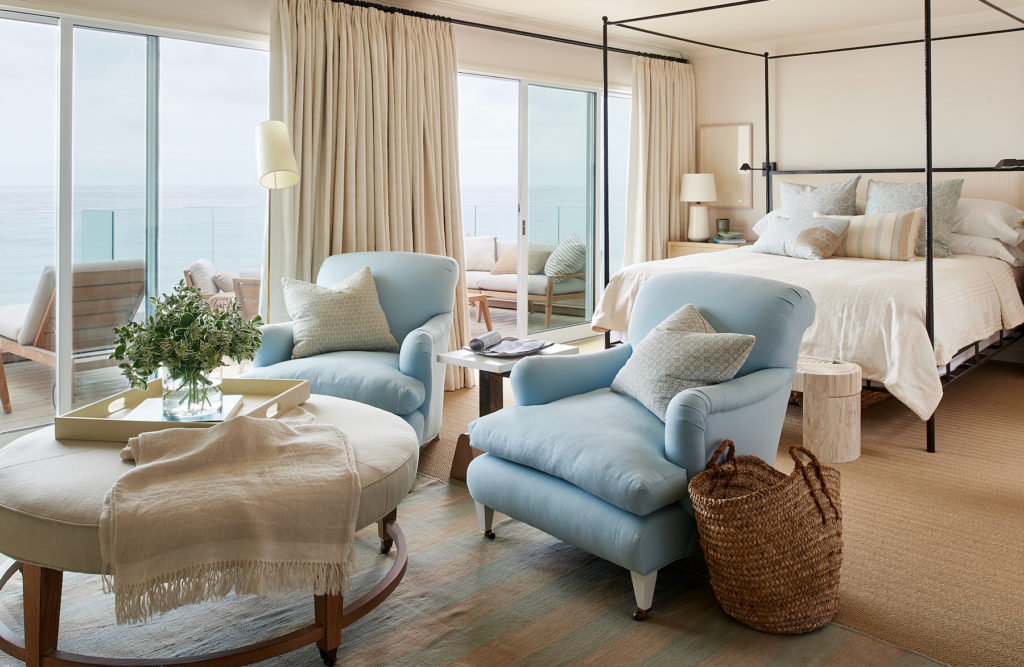
The late Elsie de Wolfe said, “I’m going to make everything around me beautiful – that will be my life.”
With this book, it’s clear Sikes picked up where she left off.
……………
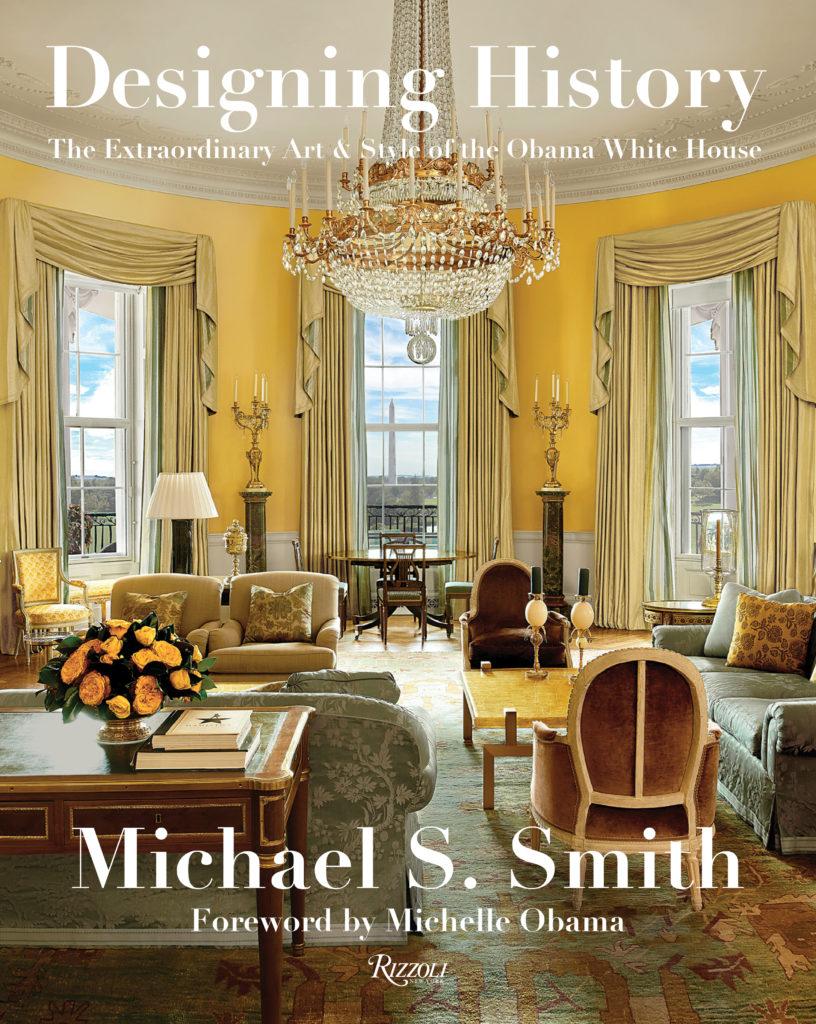
In her forward to Michael Smith’s new book, Designing History: The Extraordinary Art & Style of the Obama White House, the former First Lady Michelle Obama remarks:
“Michael helped us foster the warmth and comfort for our family that I’d hoped. Our daughters had rooms to call their own, where they could swap out a great work of art for a poster or a photo of their friends. There were cozy couches to cuddle up with our dogs, Bo and Sunny, after a long day. And I had my own space where I could hide out in sweatpants and catch up on bad TV. The residence became a true refuge where our family could simply be a family, where our girls could grow into young women with voices of their own.”

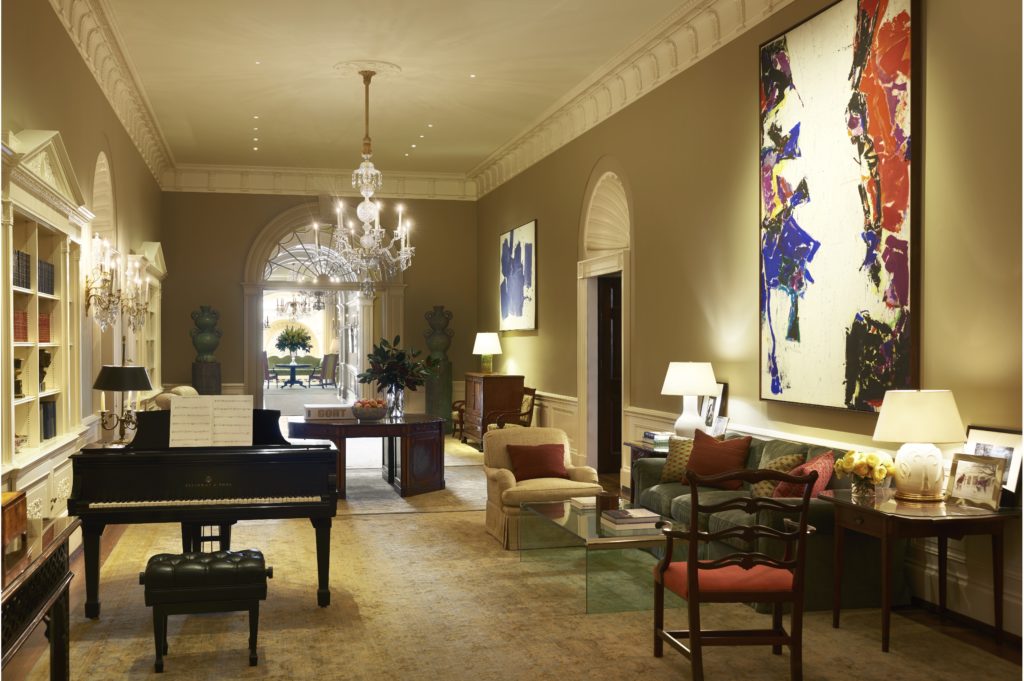
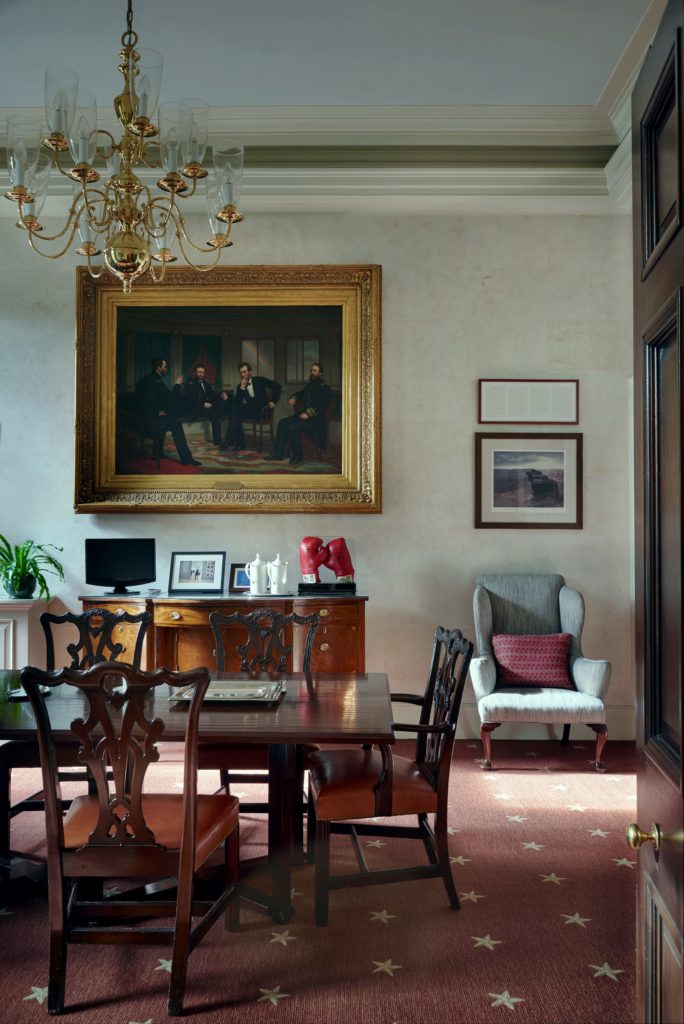
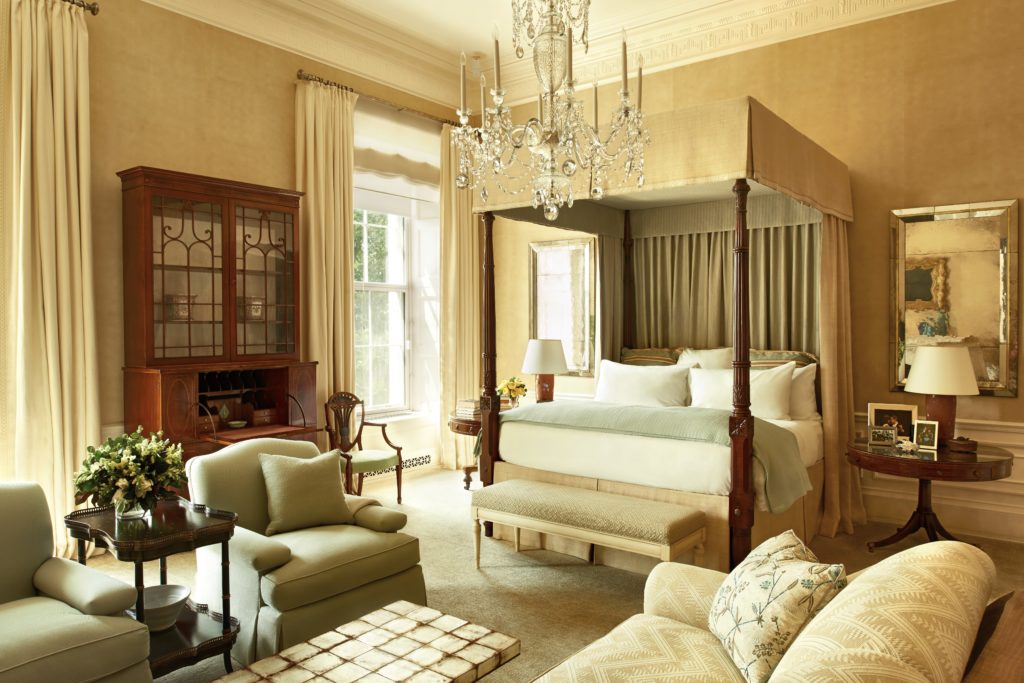
But the book chronicles much more than the Smith’s reservedly-polished interiors for the first family; it’s an important historical volume highlighting the fabled rooms and furnishings of America’s most famous mansion. Written and produced in conjunction with legendary design editor Margaret Russell, this is a book to savor slowly to fully appreciate the arc of the White House from past to present. And if you’re looking for inspiration, you’ll be thrilled to see story boards of the paint colors, fabrics and wallpapers, and furniture designs.
……………
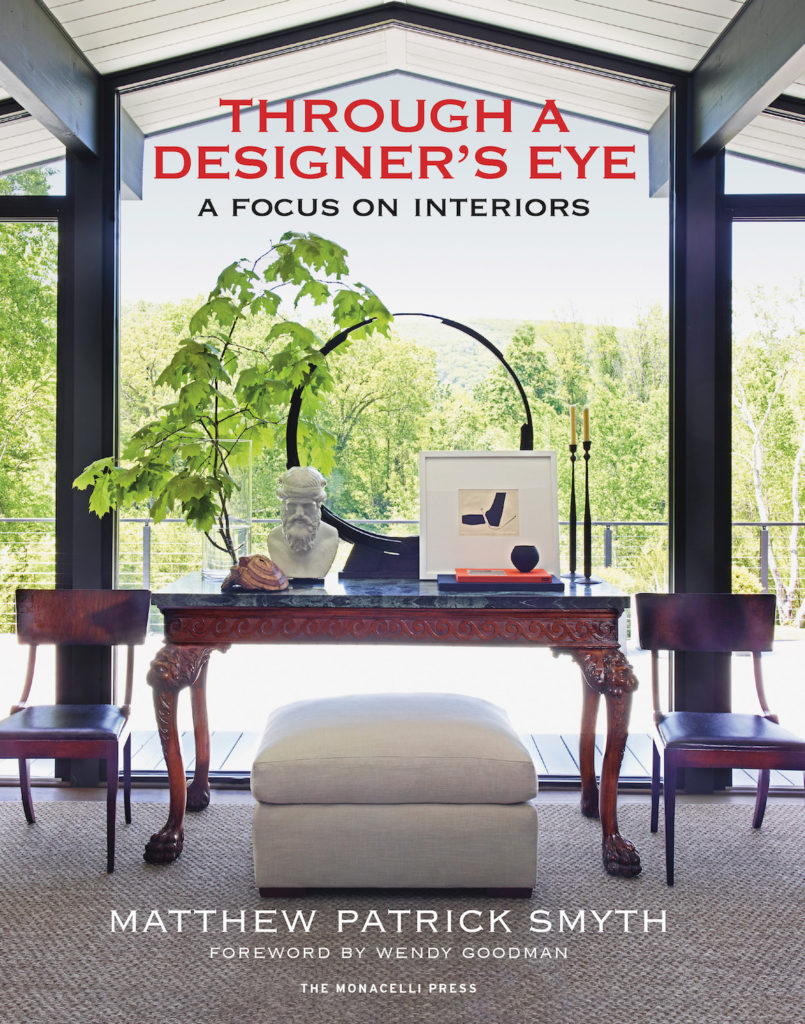
Matthew Patrick Smyth’s second book, Through A Designer’s Eye: A Focus On Interiors, is a fresh perspective on the design monograph that’s part interior design career chronicle, featuring his sophisticated history-inflected rooms; part text book with informative design-directives; and part photographic essay featuring his spellbinding lens work. (On that last note: if you’re not following Matthew on Instagram, you’re missing a real treat!)
Written in the first person, and organized thematically, the book focuses on five elements of interior design – appreciating artisanal and handcrafted elements, understanding history and context, evaluating light and seasonal change, weaving furnishings and art into a coherent mise-en-scene, creating an inviting atmosphere – that contribute to successful spaces.

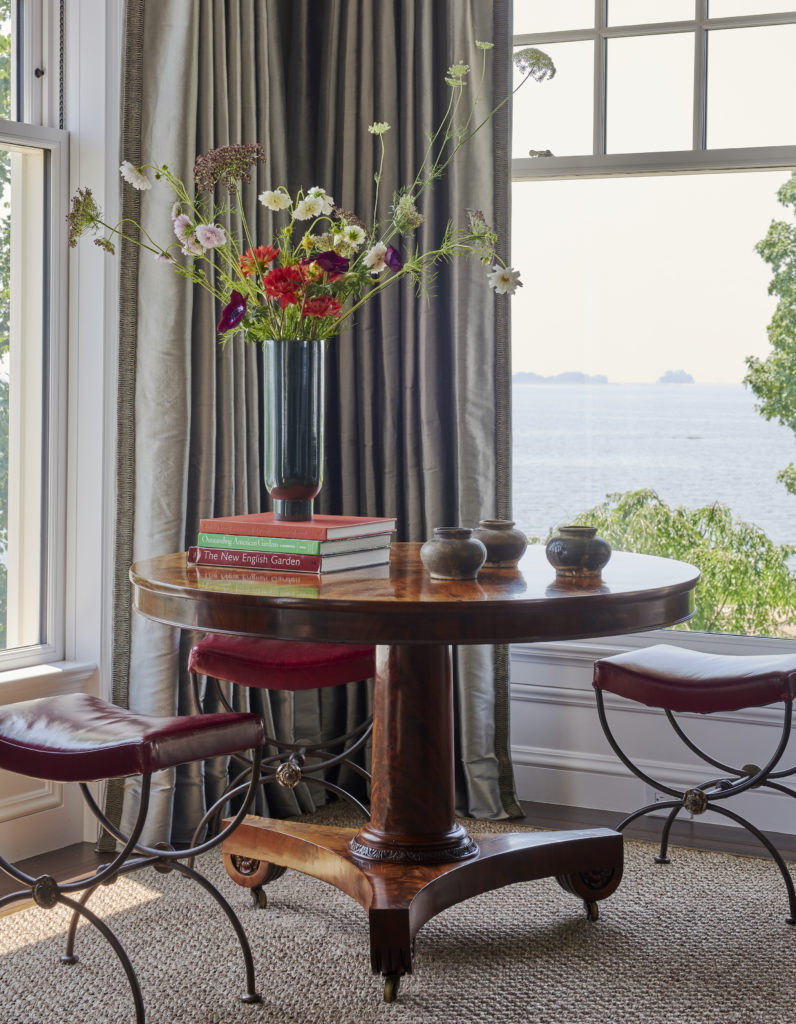

The book’s projects include a historic house in Palm Beach by architect Maurice Flato, a Park Avenue duplex filled with a centuries-spanning blend of new and inherited pieces, a Tribeca loft that brings in the world through an infusion of many cultures, and Smyth’s own, never-before-seen country house in Salisbury, Connecticut, an unexpected 1970s prefabricated deck house now elegantly appointed with an eclectic mix of furniture, objects, and works of art he and his partner have collected over many years.
Collectively, this book takes the reader on a thoroughly enjoyable tour of the sumptuous rooms of one of America’s foremost contemporary classicists.
……………
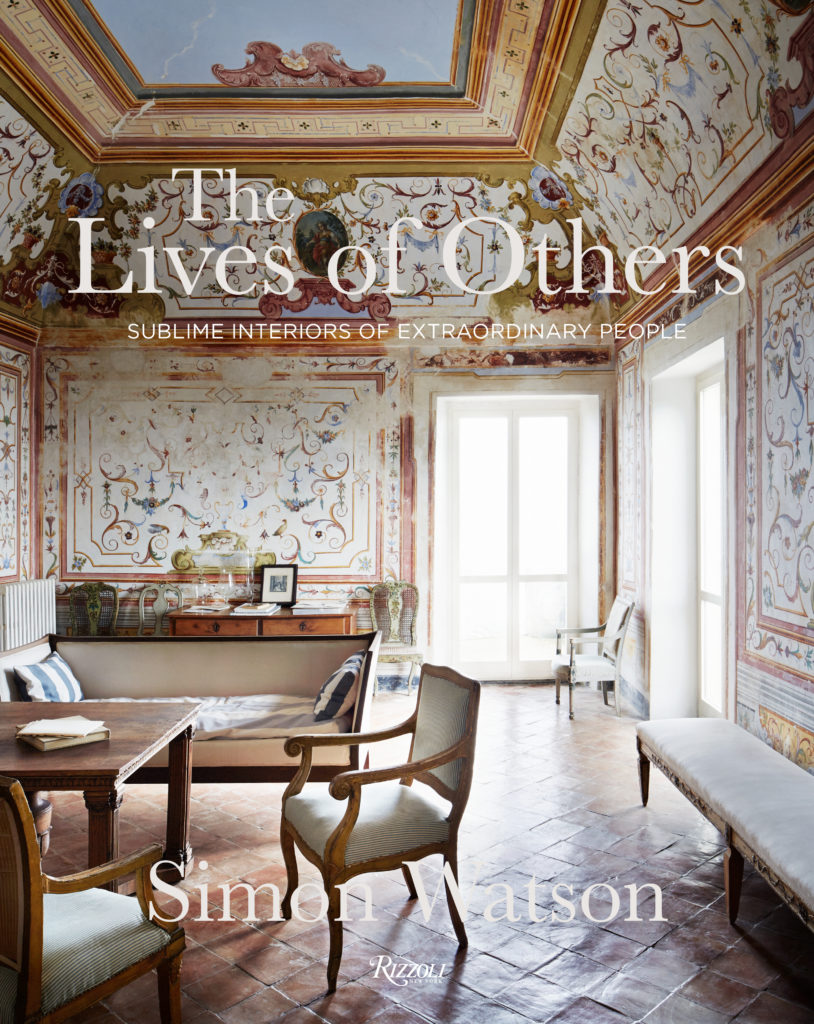
In his seductive new book The Lives Of Others: Sublime Interiors of Extraordinary People, Simon Watson – one of the most sought-after contemporary photographers of portraits and interiors – presents twenty of the most extraordinary private residences he has had the pleasure of capturing with his signature attention to the telling detail. From a seventeenth-century Italian palace and retreats in the Swiss Alps and Morocco, to artists’ studios, and gracious residences in Austria and Spain, Watson takes the reader into the deeply personal environments that reveal the essence of their inhabitants.
Every photograph in this grand-scaled tome proves a point: Watson understands the enduring power of light in an almost other-worldly way. There’s as much to be considered in full shadow as there is in bright illumination.
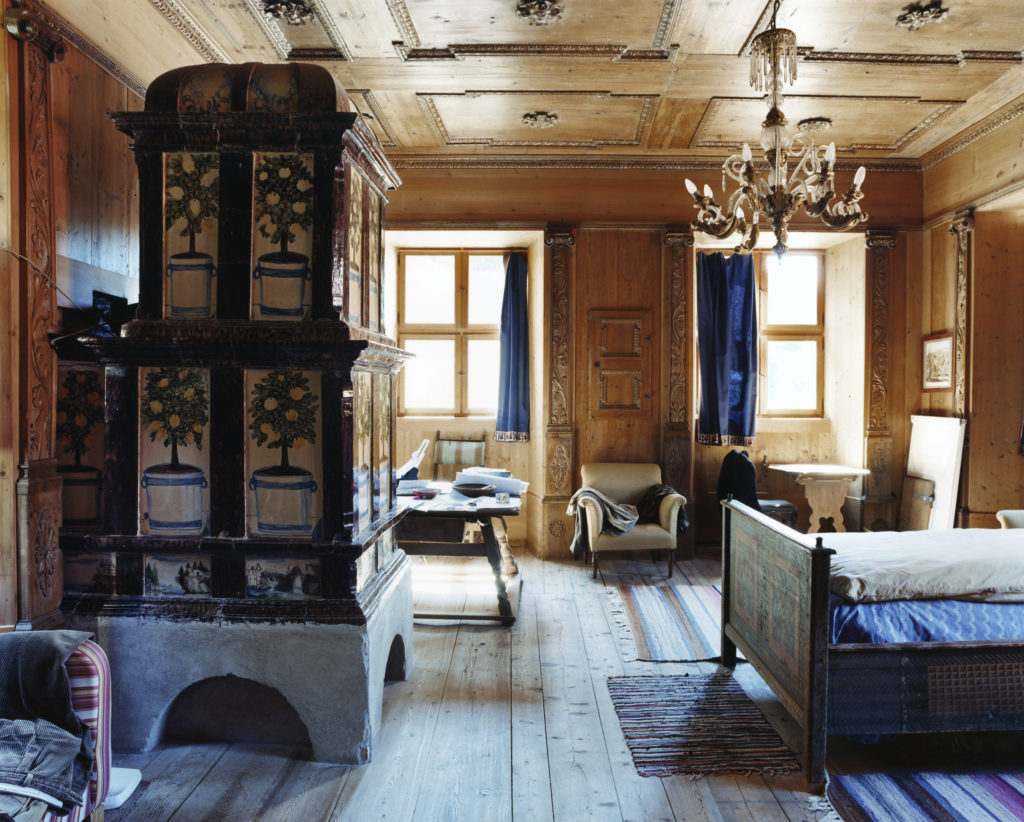
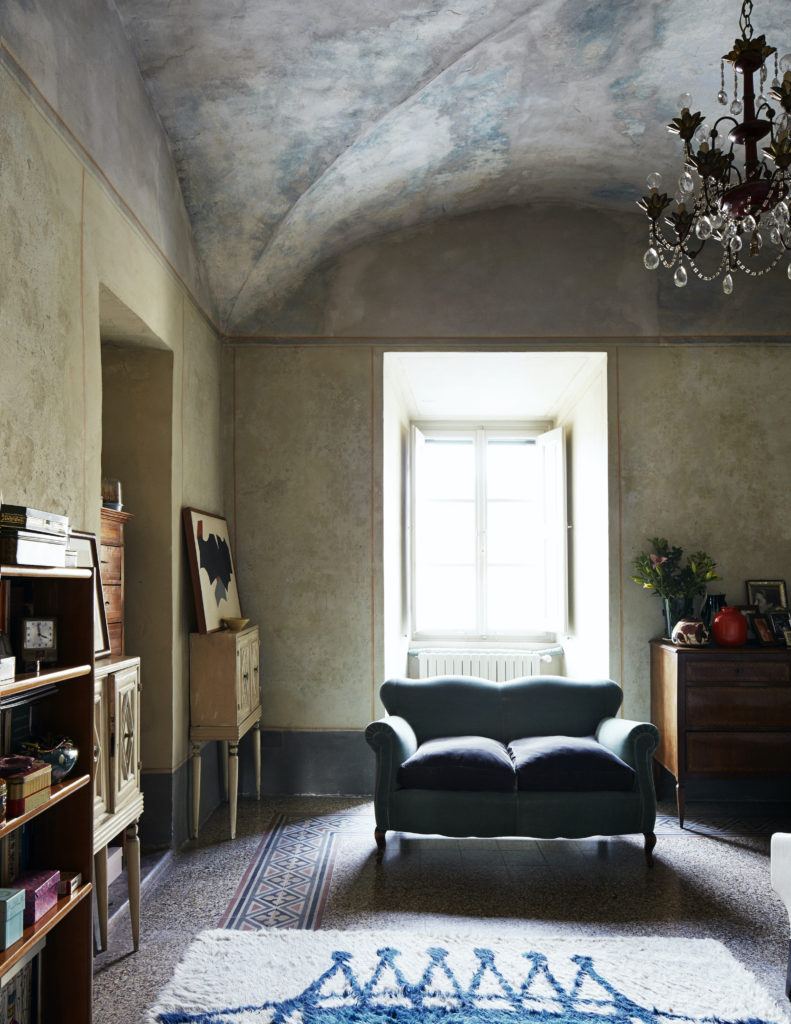
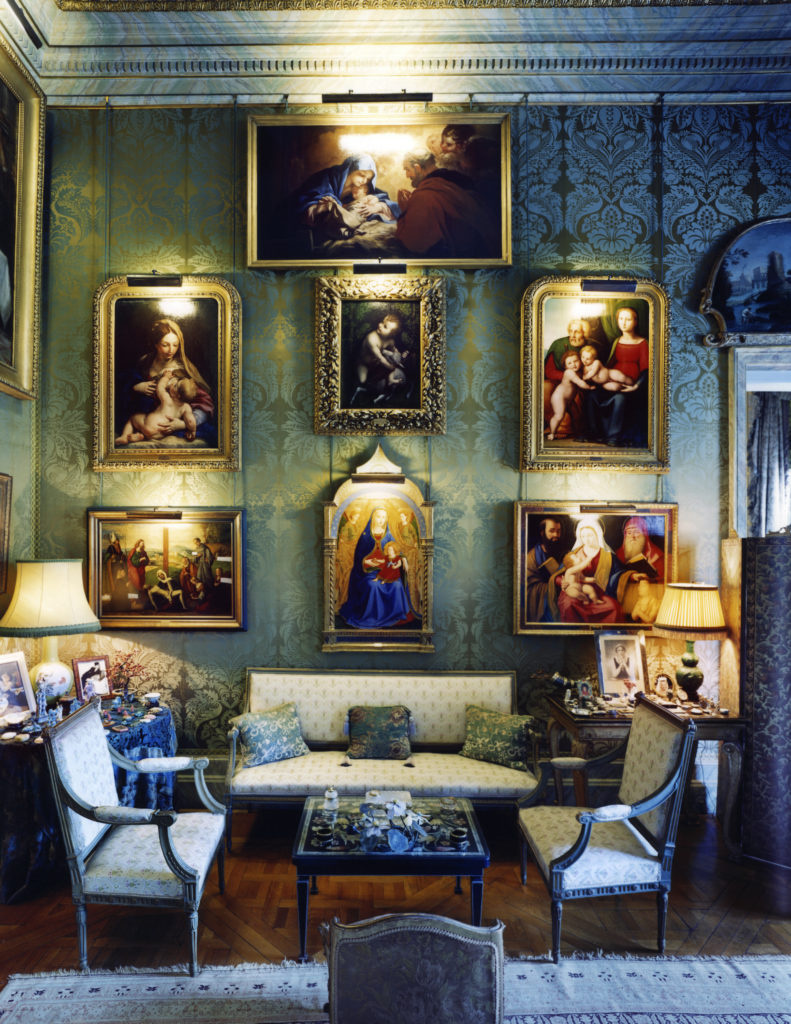
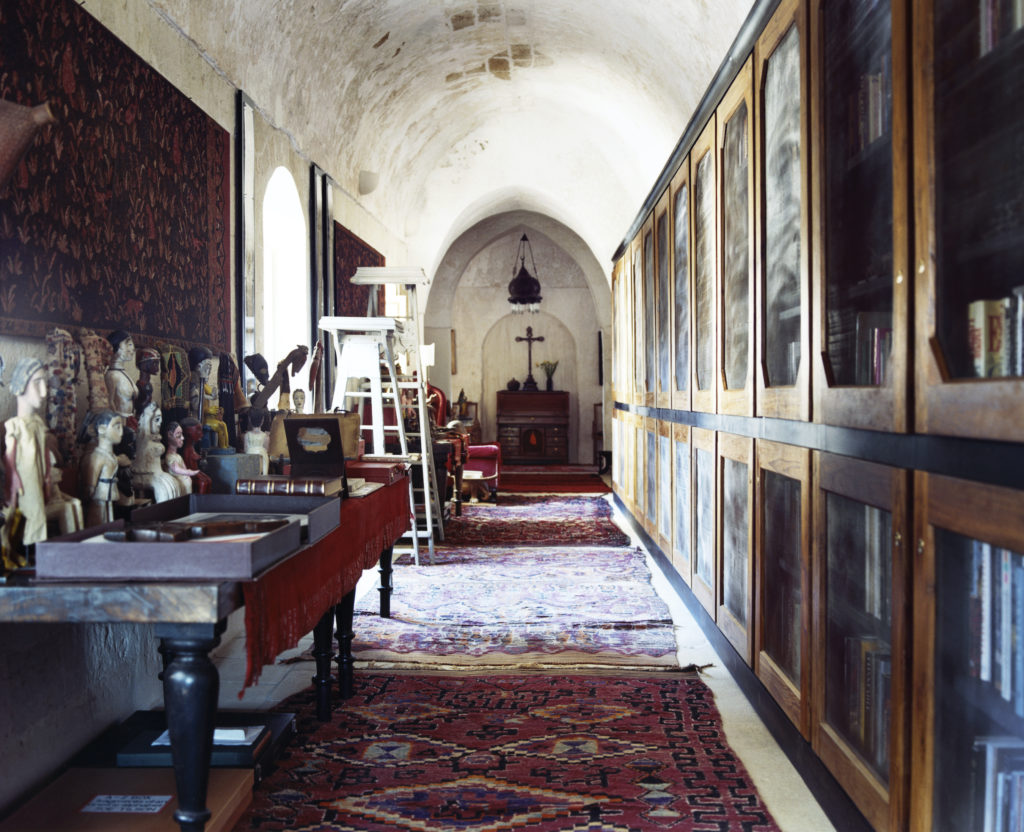
Tom Delavan, in the closing paragraph of his forward to The Lives Of Others, captures Watson’s work best:
“Just as you have to carefully read a story before you can retell it in your own words, you must first look at something very closely before you can photograph it. I believe this is one of Simon’s great skills: he is the visual equivalent of a good listener, and really seeing is a sign of respect and care. Simon’s photographs are the manifestations of the caring way in which he moves through the world and processes what he sees.”
……………
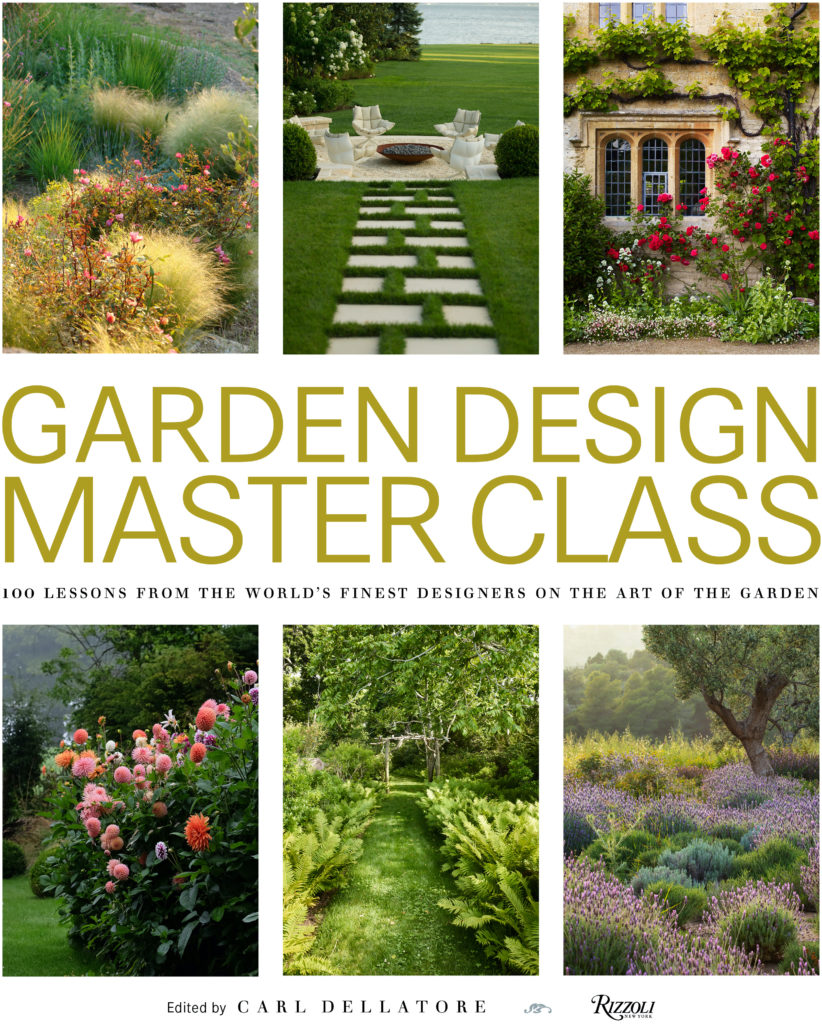
First a caveat: Including Garden Design Master Class on this list is a bit of shameless self-promotion, as it is my latest book for Rizzoli New York. But I include it in this 2020 roundup because of the incomparable group of A-list garden designers who generously lent their time and effort to the book’s development.
Two and a half years in the making, and including visionary landscapers on several continents, the book includes insight on an array of 100 topics that together create an extensive garden design overview.
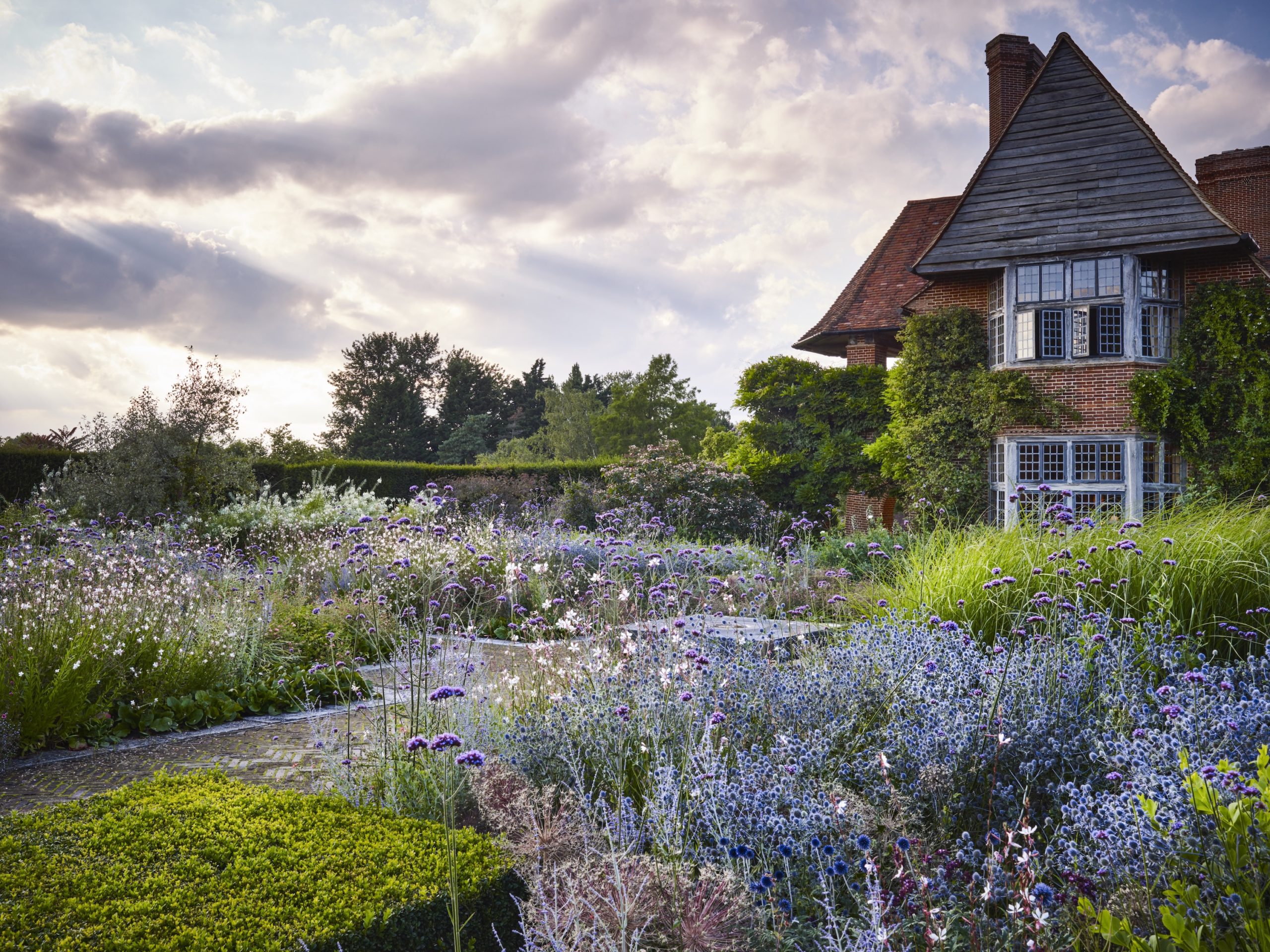
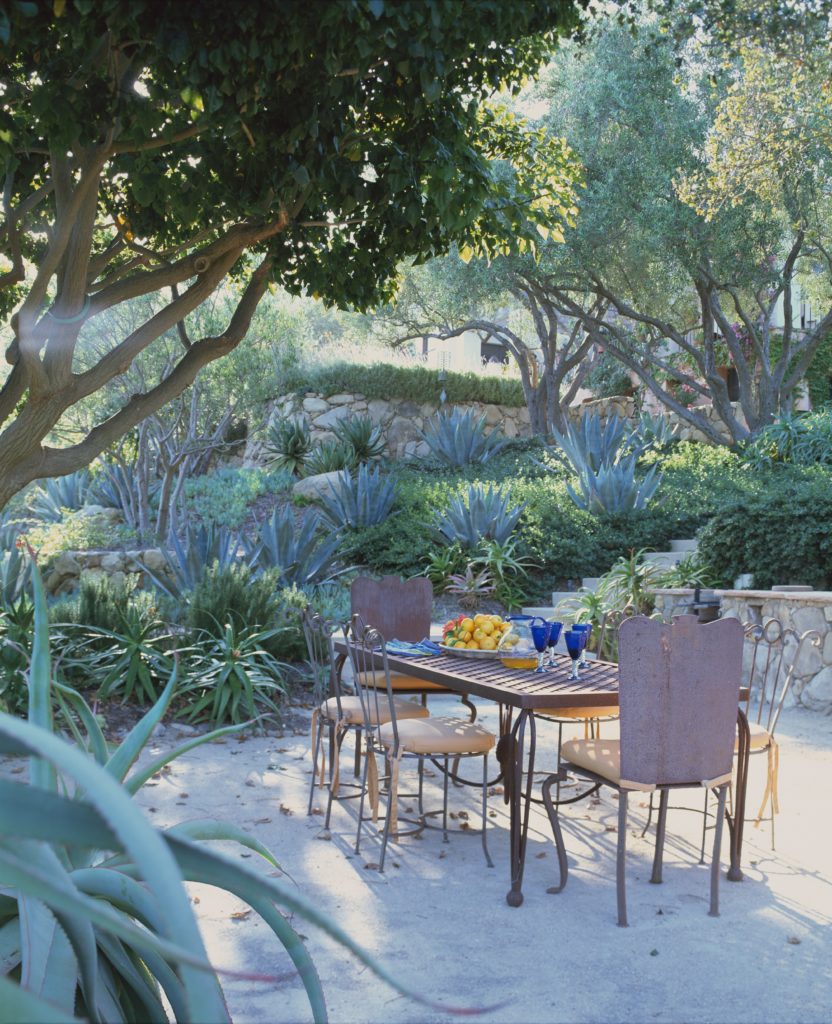
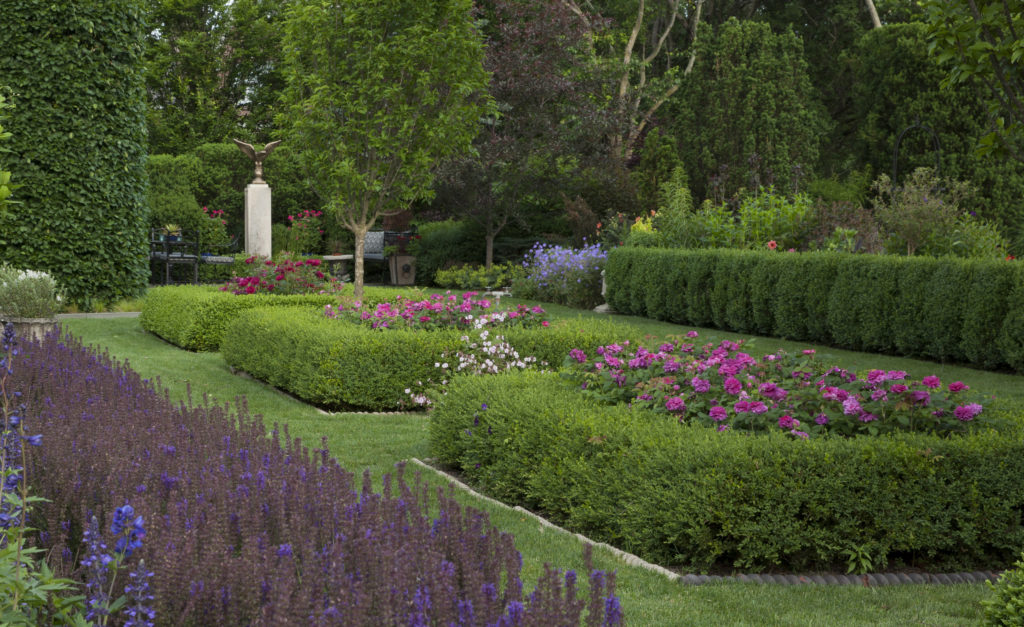
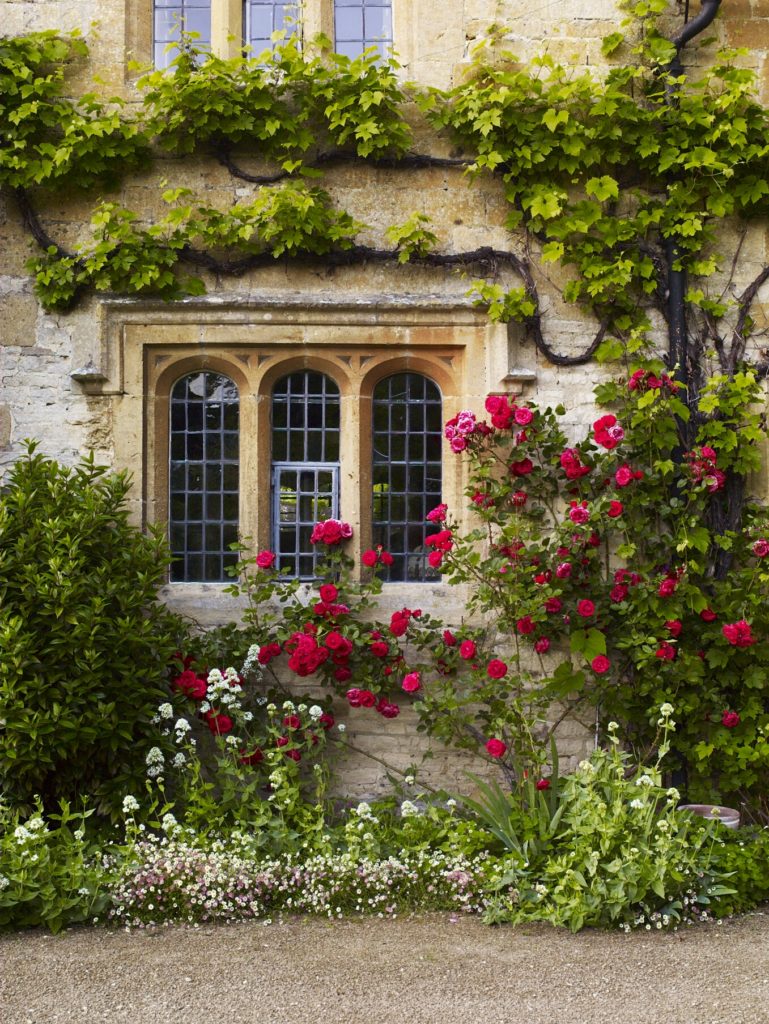
The book’s premise is quite simple: Each designer chose a unique subject to examine as a garden design lesson for the reader, with ideas as varied as pathways, sunlight, soil, architecture, fragrance, and renderings among many others. Beautiful images of each designer’s work accompany their writing.
It’s my sincere hope that the combined texts will provide garden designers across the spectrum – from the novice, to the enthusiast, to the practicing professional – with insight and inspiration for their own green spaces.
……………
One final note: Each book in this post includes a link to the website Bookshop.org where you can make a purchase. Of course you could always buy from a larger online bookseller, but by choosing Bookshop you are supporting independent booksellers, which is always a good idea if you ask me.
By Carl Dellatore